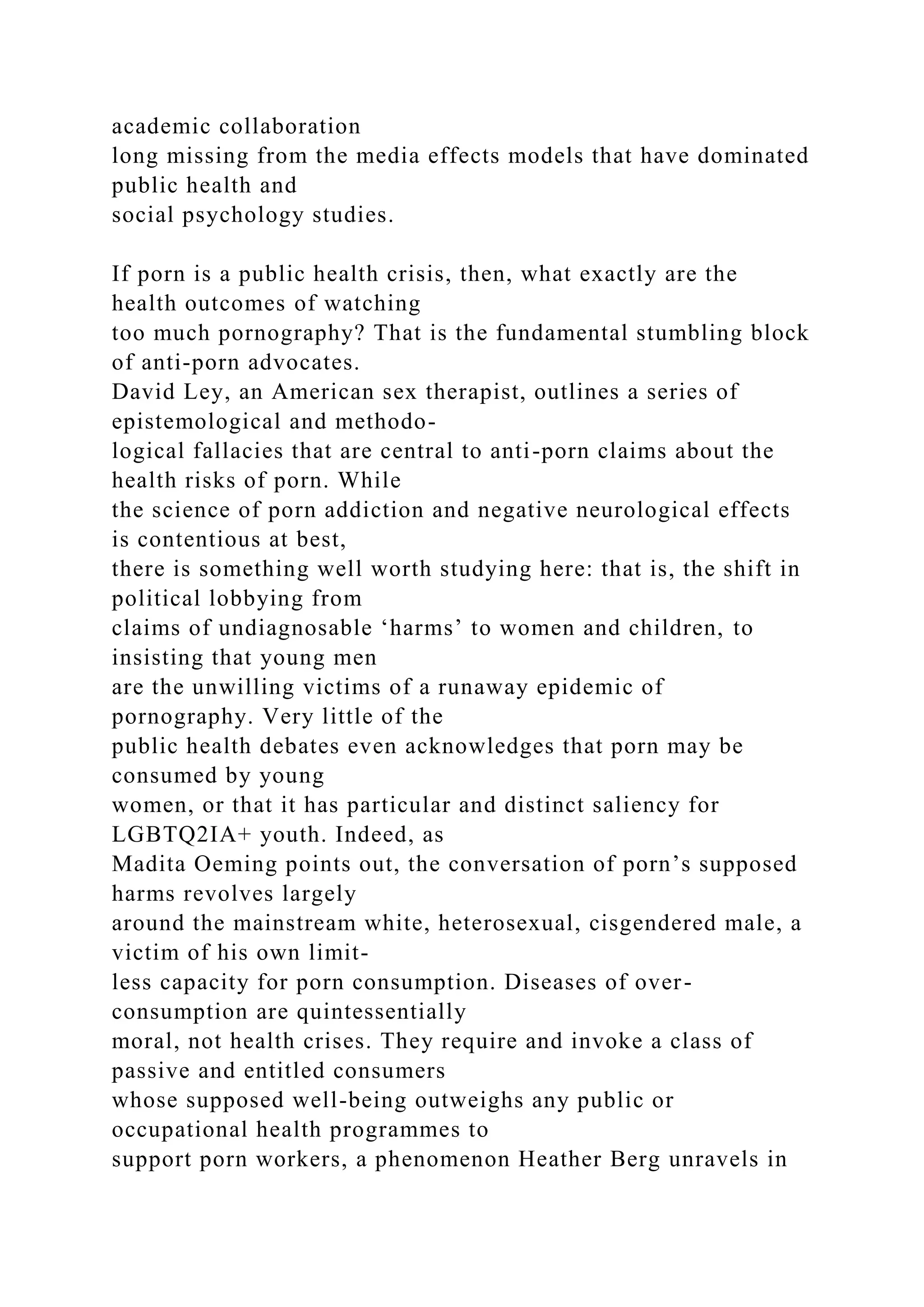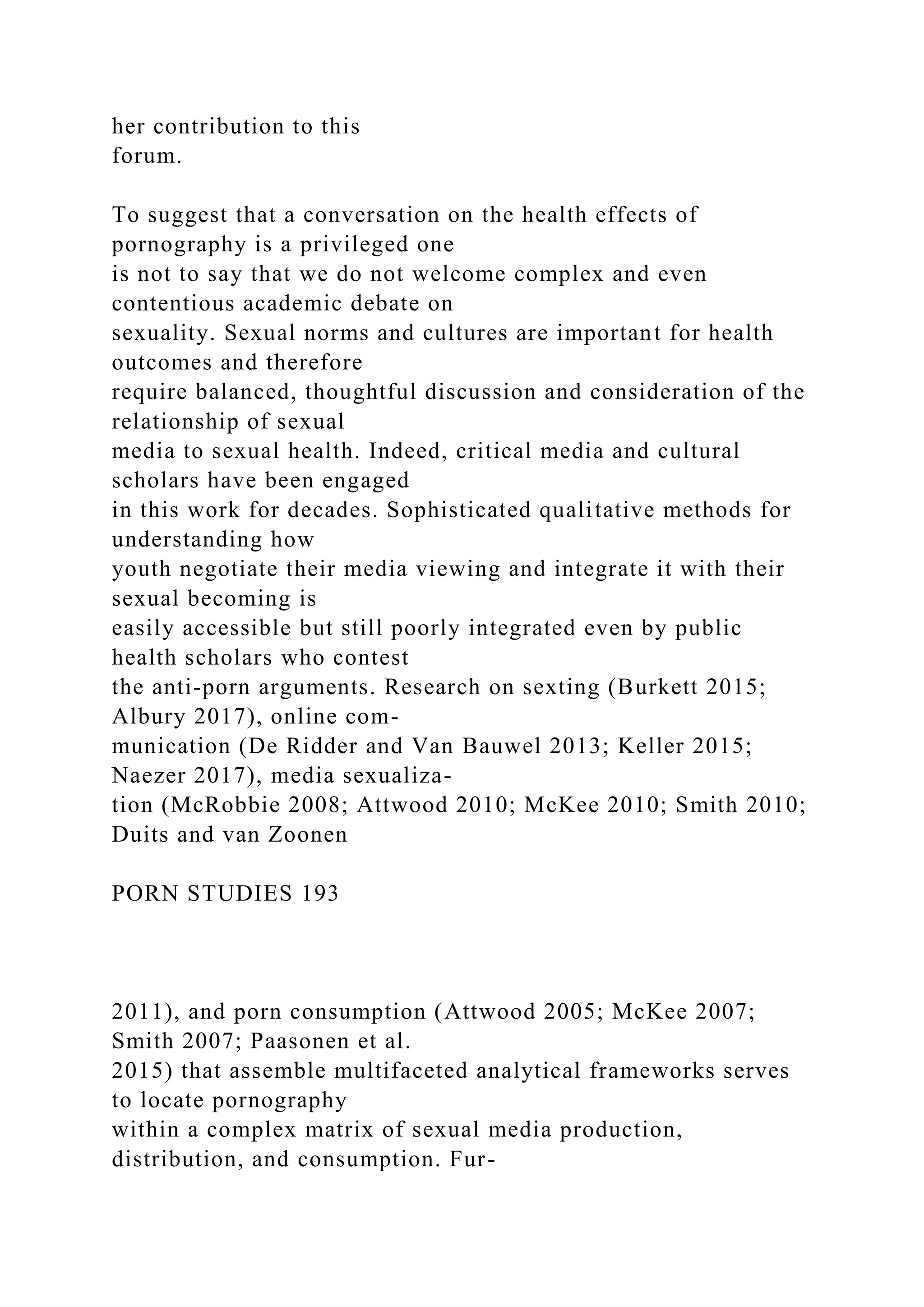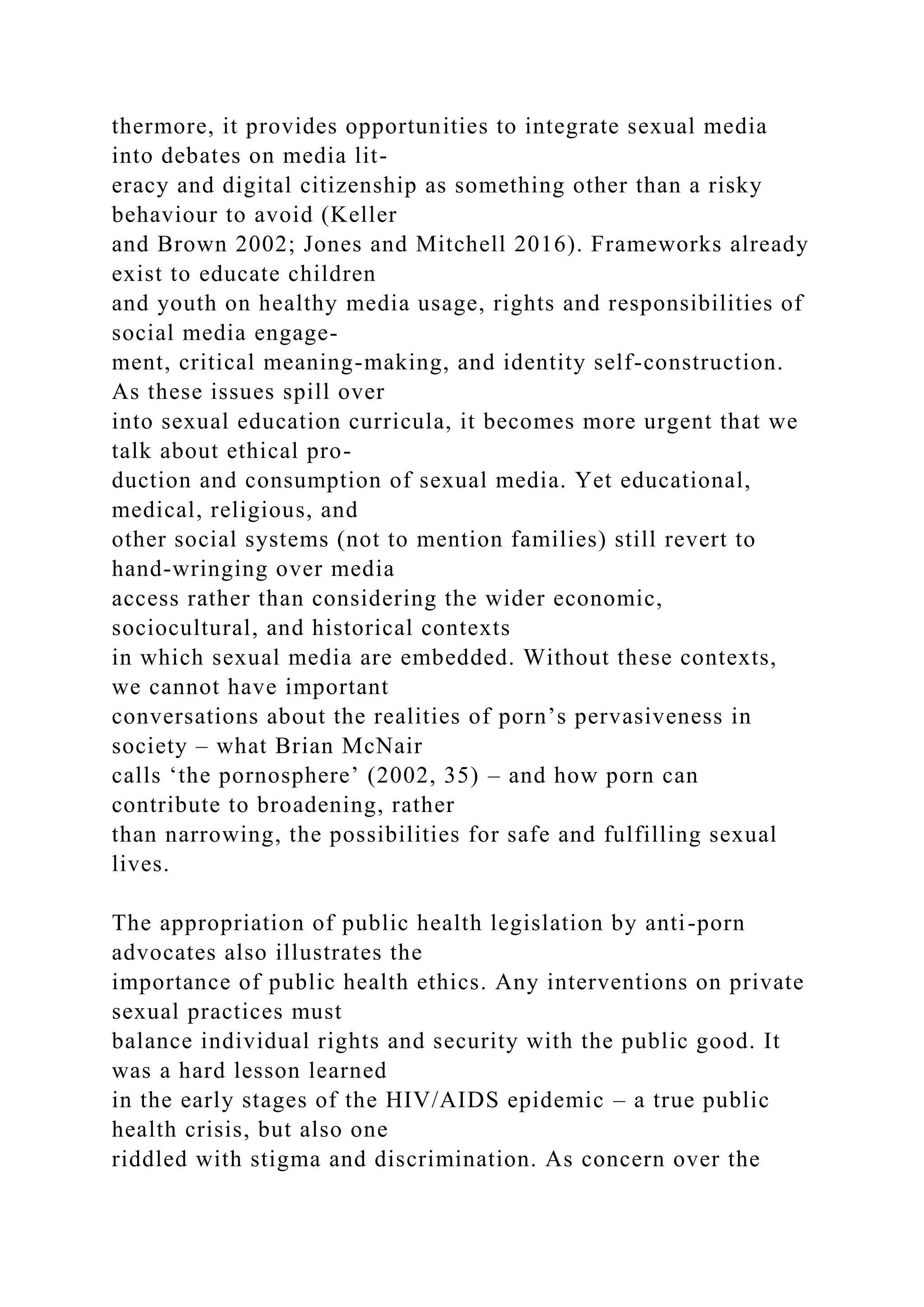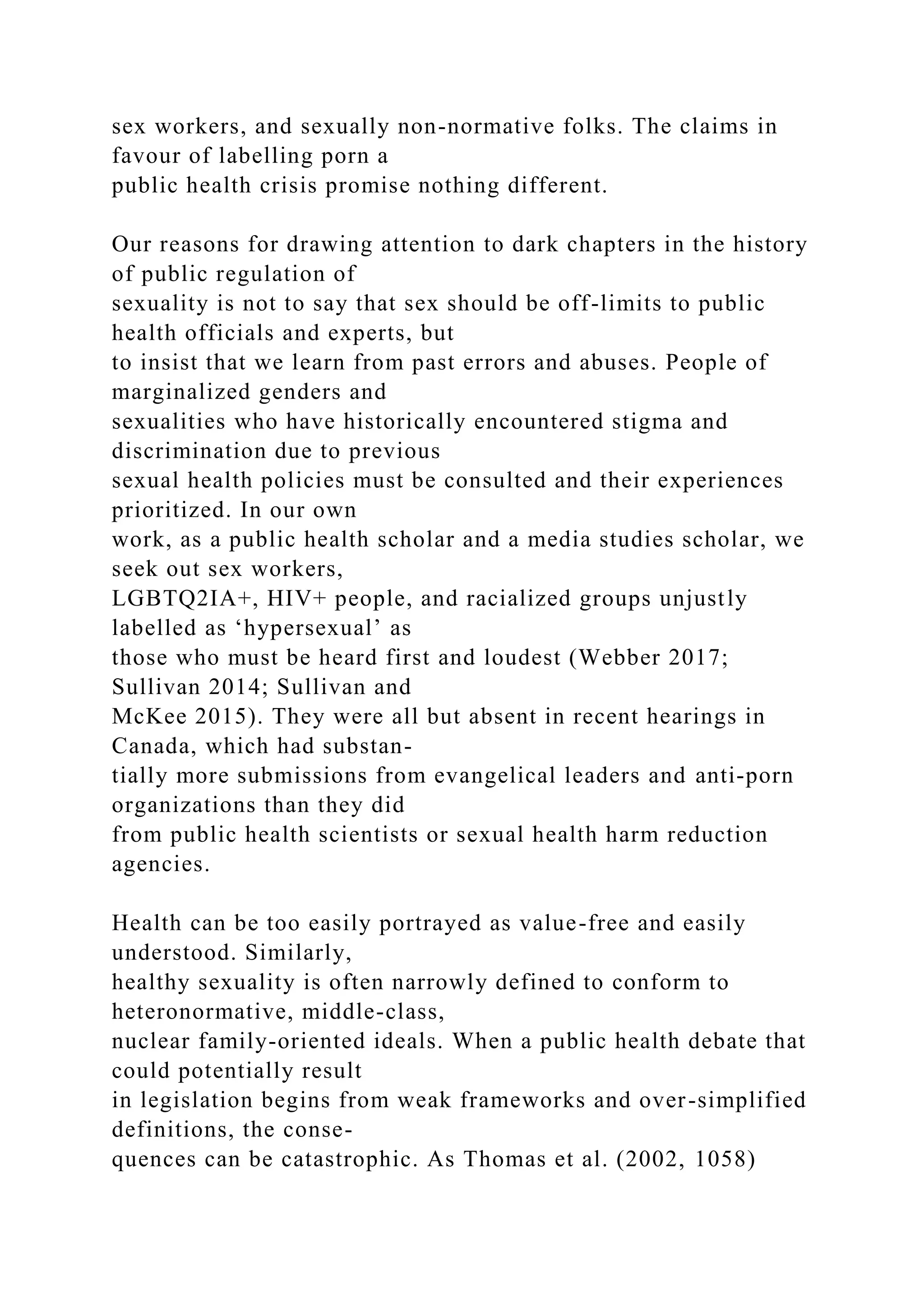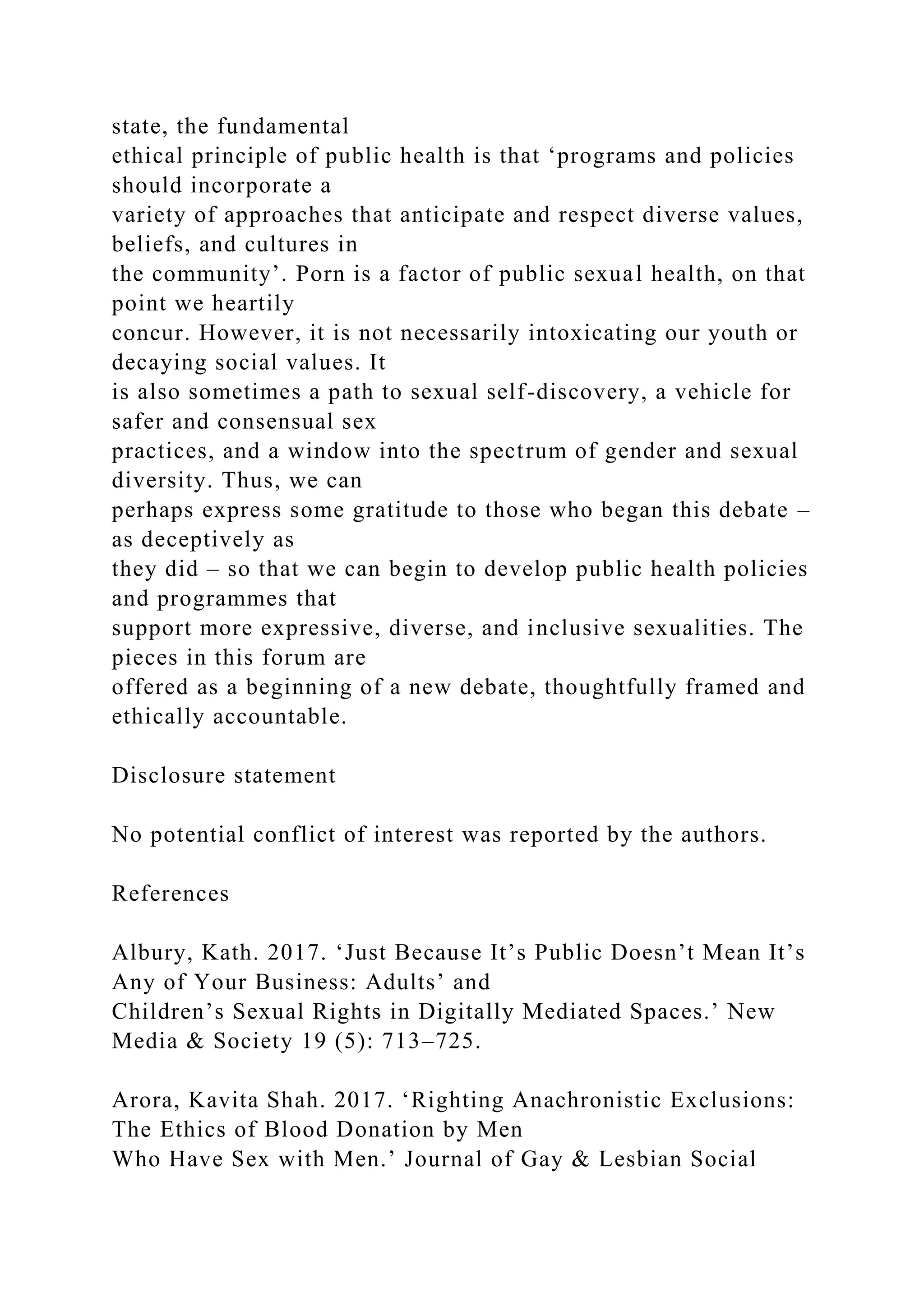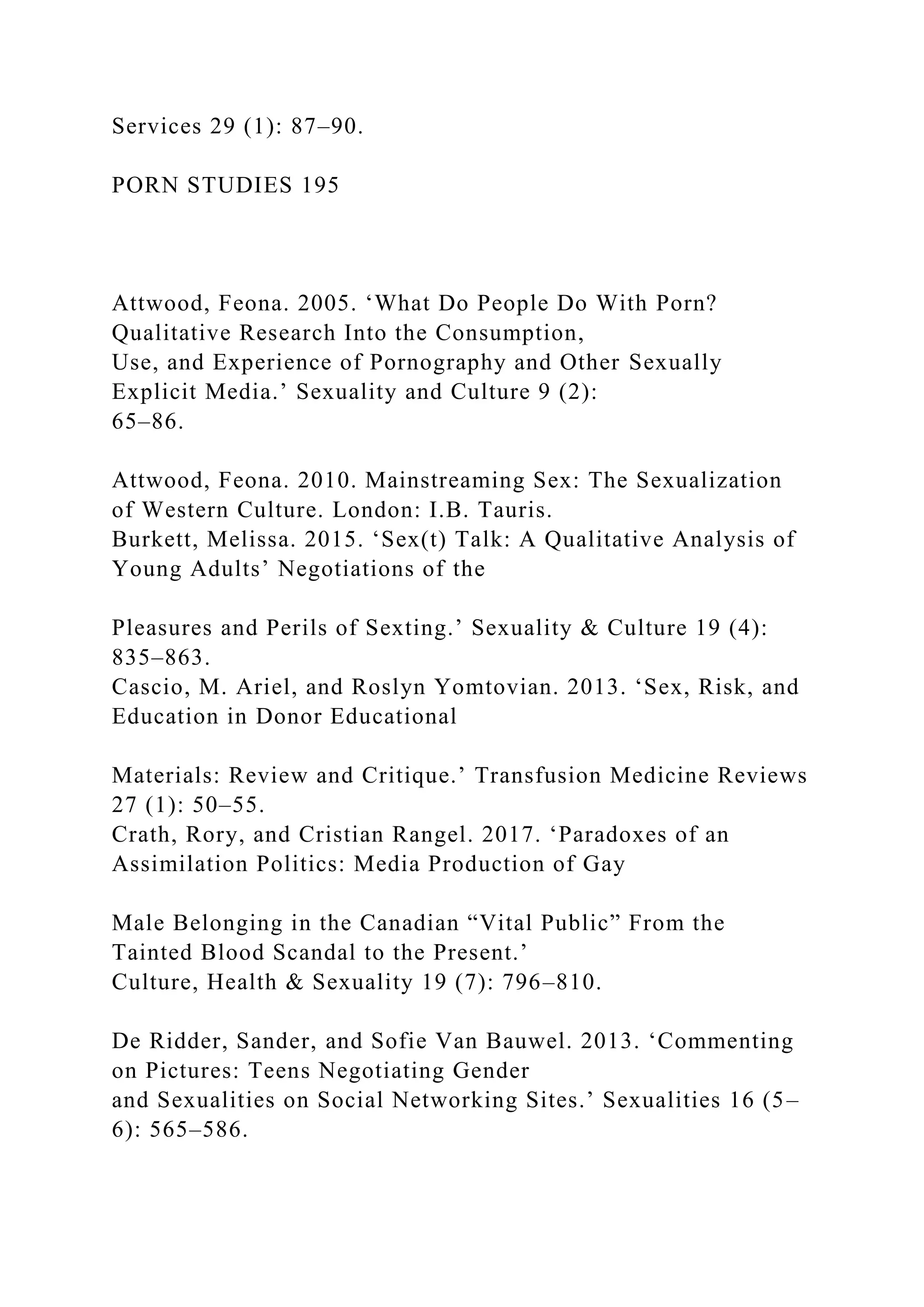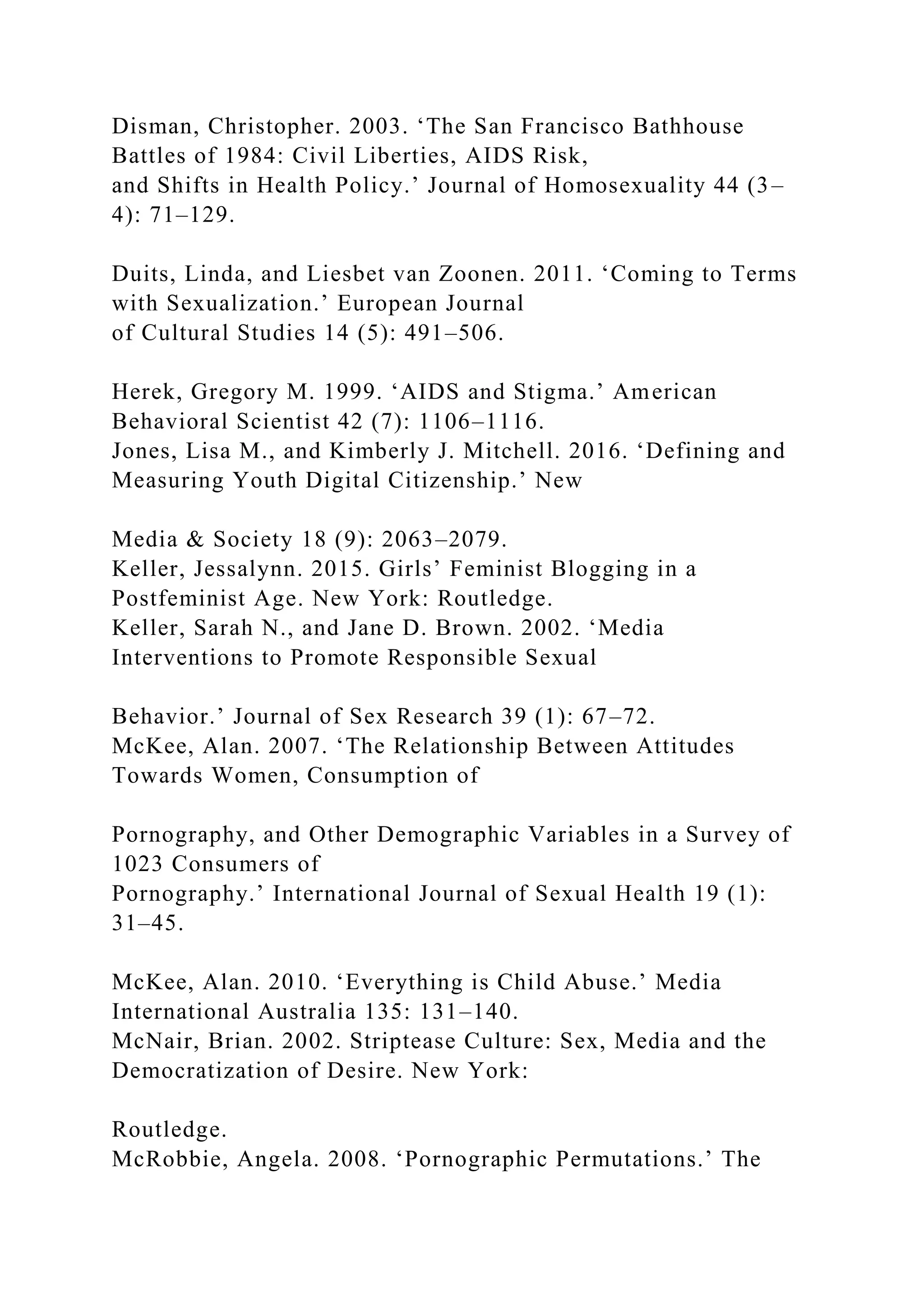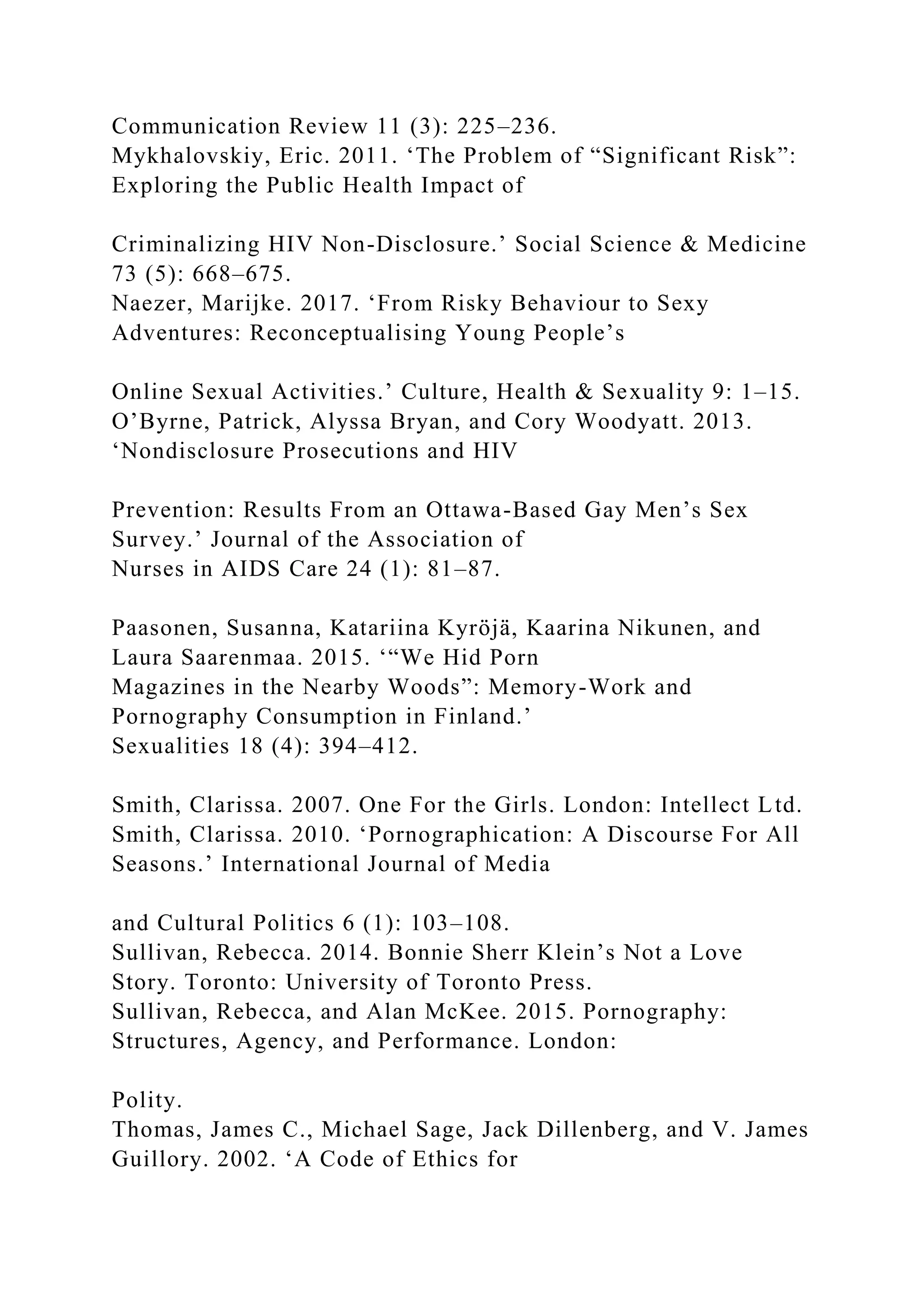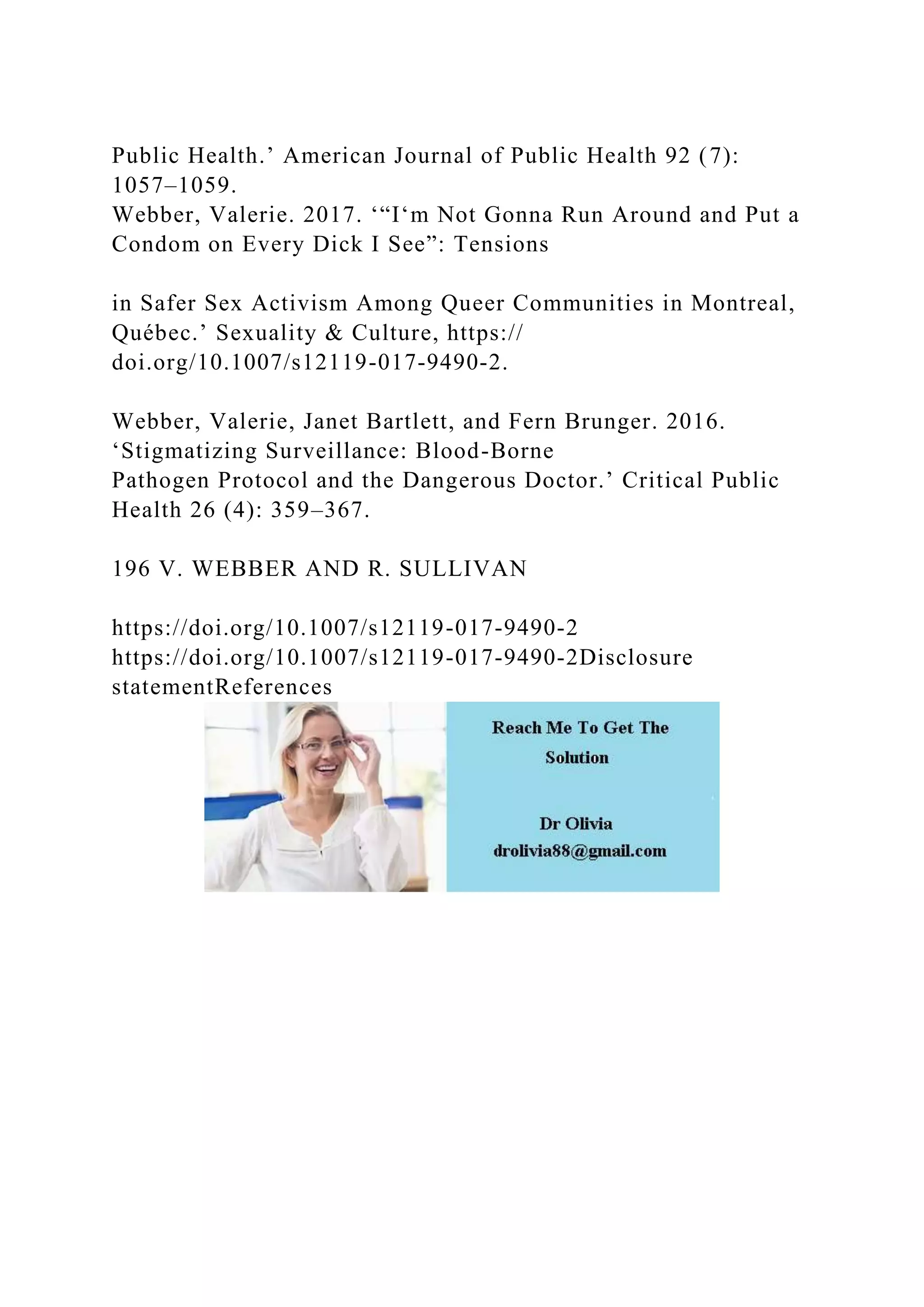The document explores computer fraud and abuse techniques, detailing various types of attacks including hacking, social engineering, and malware. It emphasizes the impacts of spoofing and hacking techniques on unauthorized access, fraud, and identity theft while highlighting the methods used to exploit vulnerabilities. Additionally, it discusses the societal perceptions and stigma faced by sex workers, particularly in relation to public health and the misrepresentation of their experiences and perspectives.
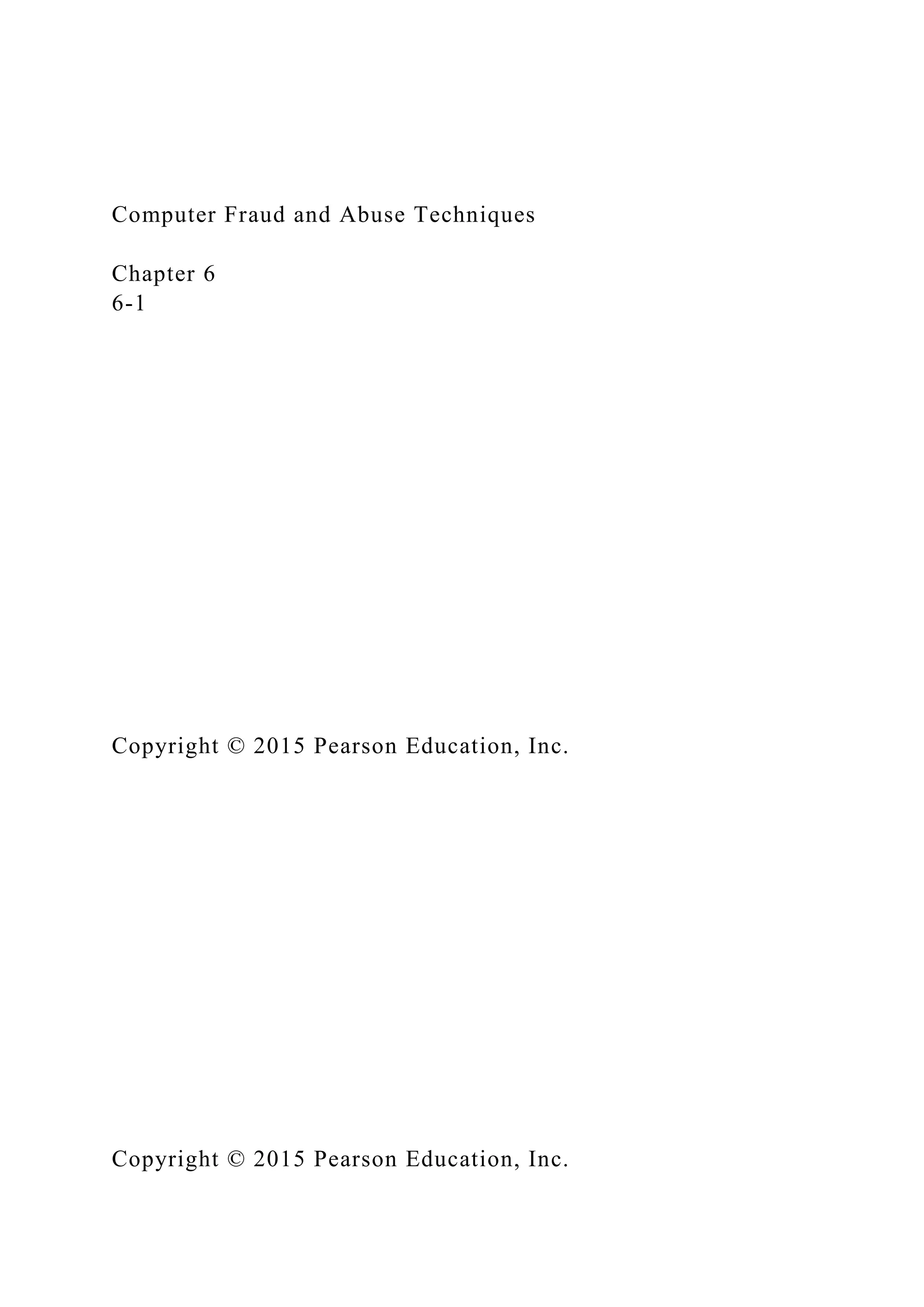
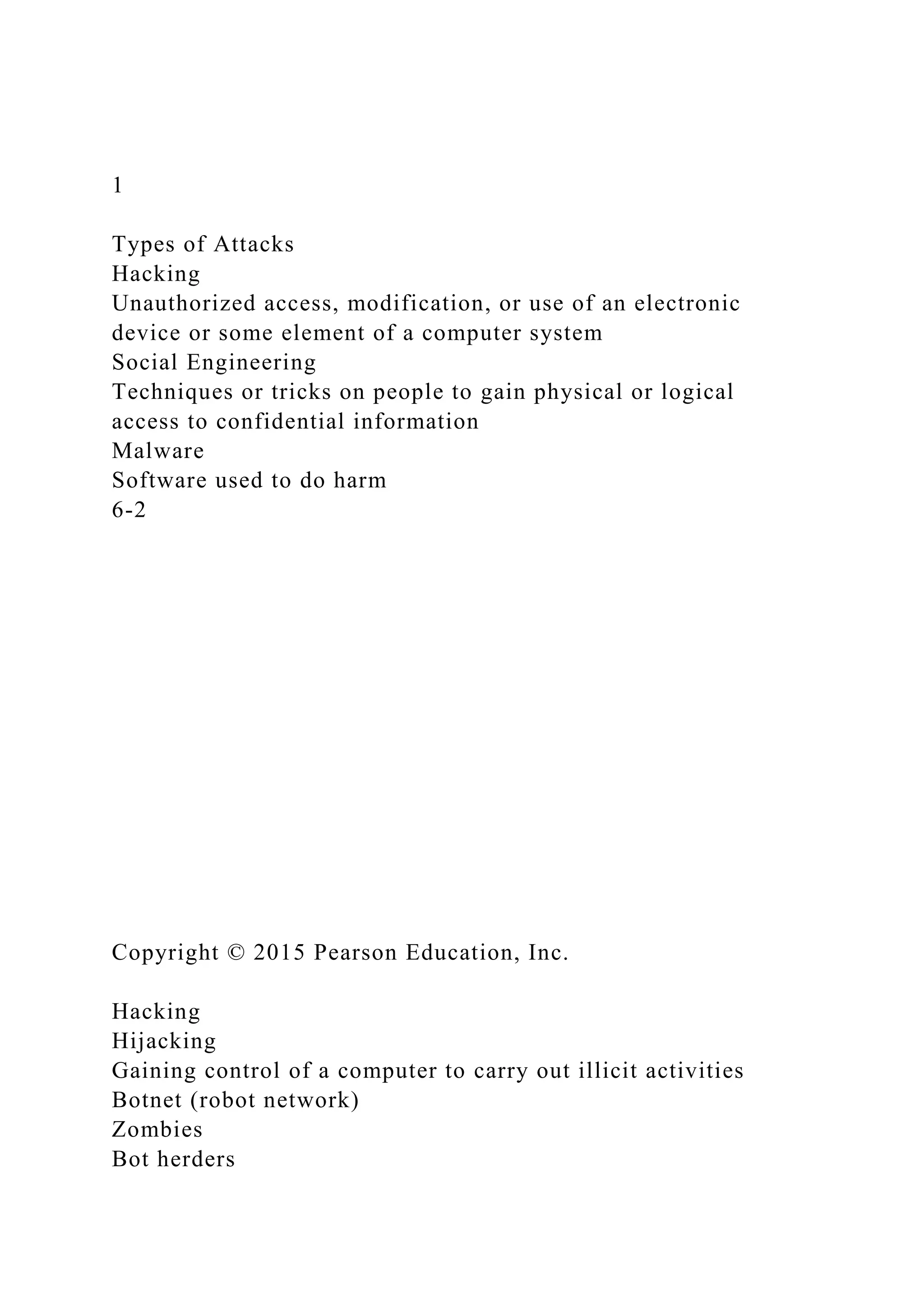
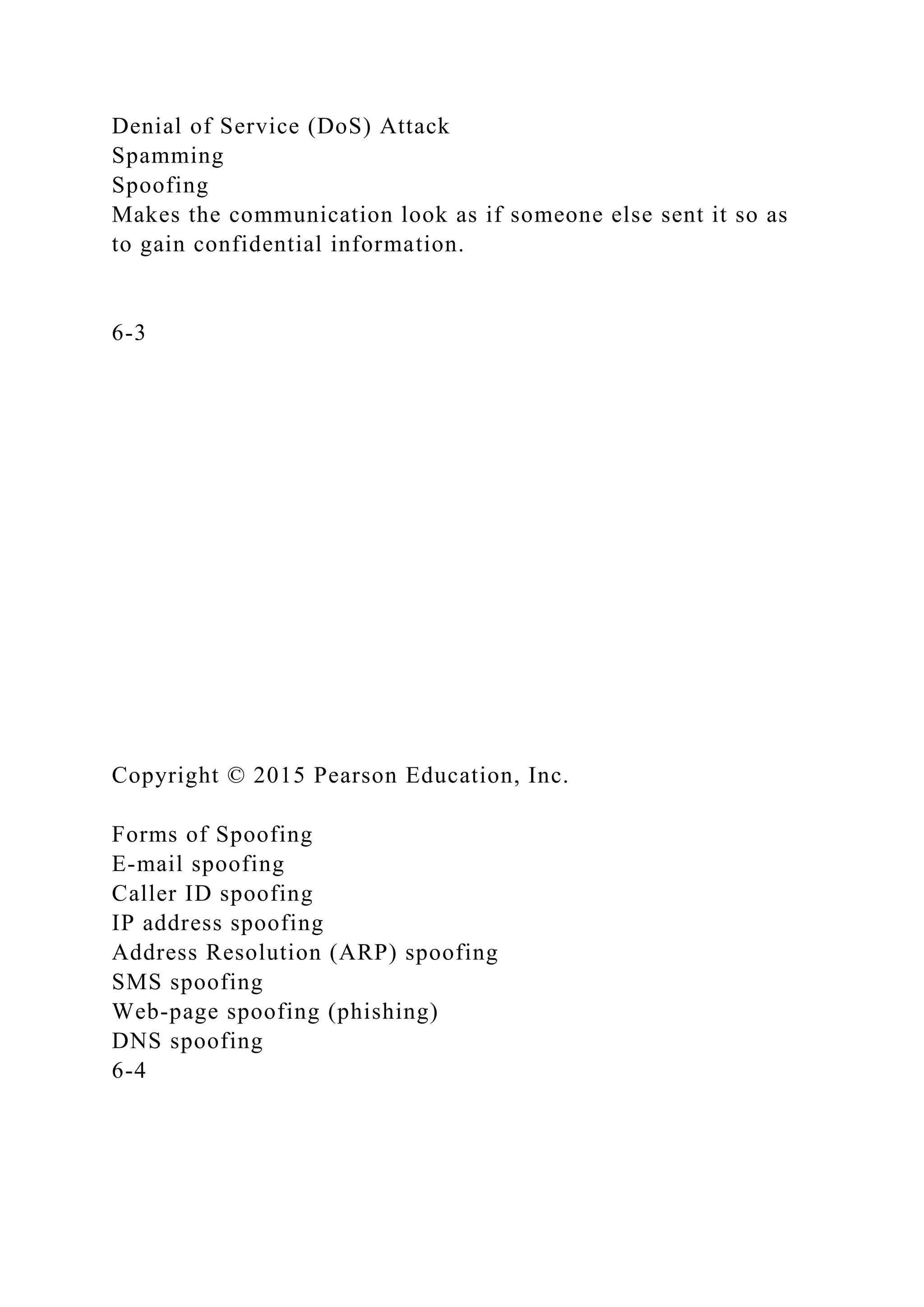
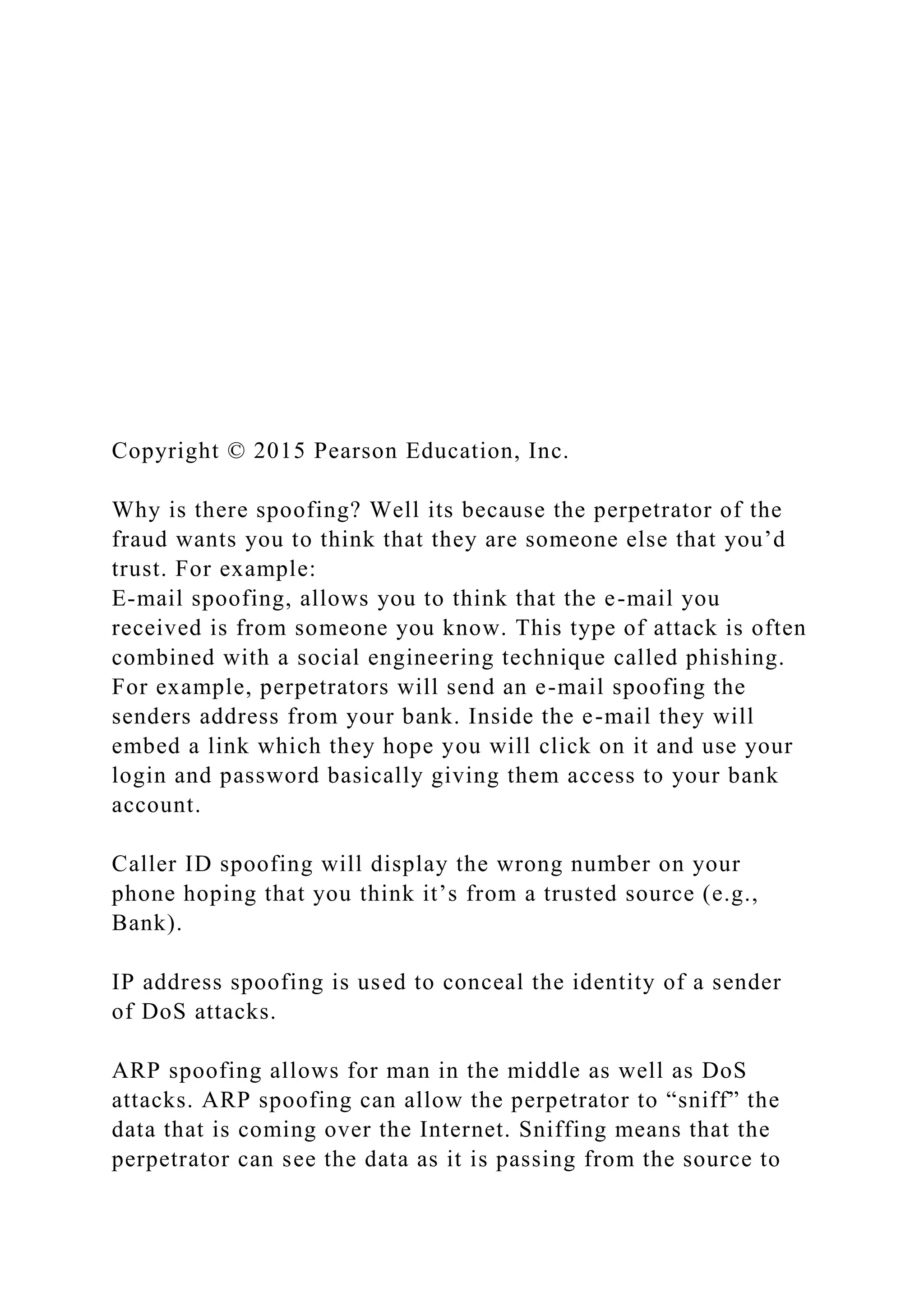
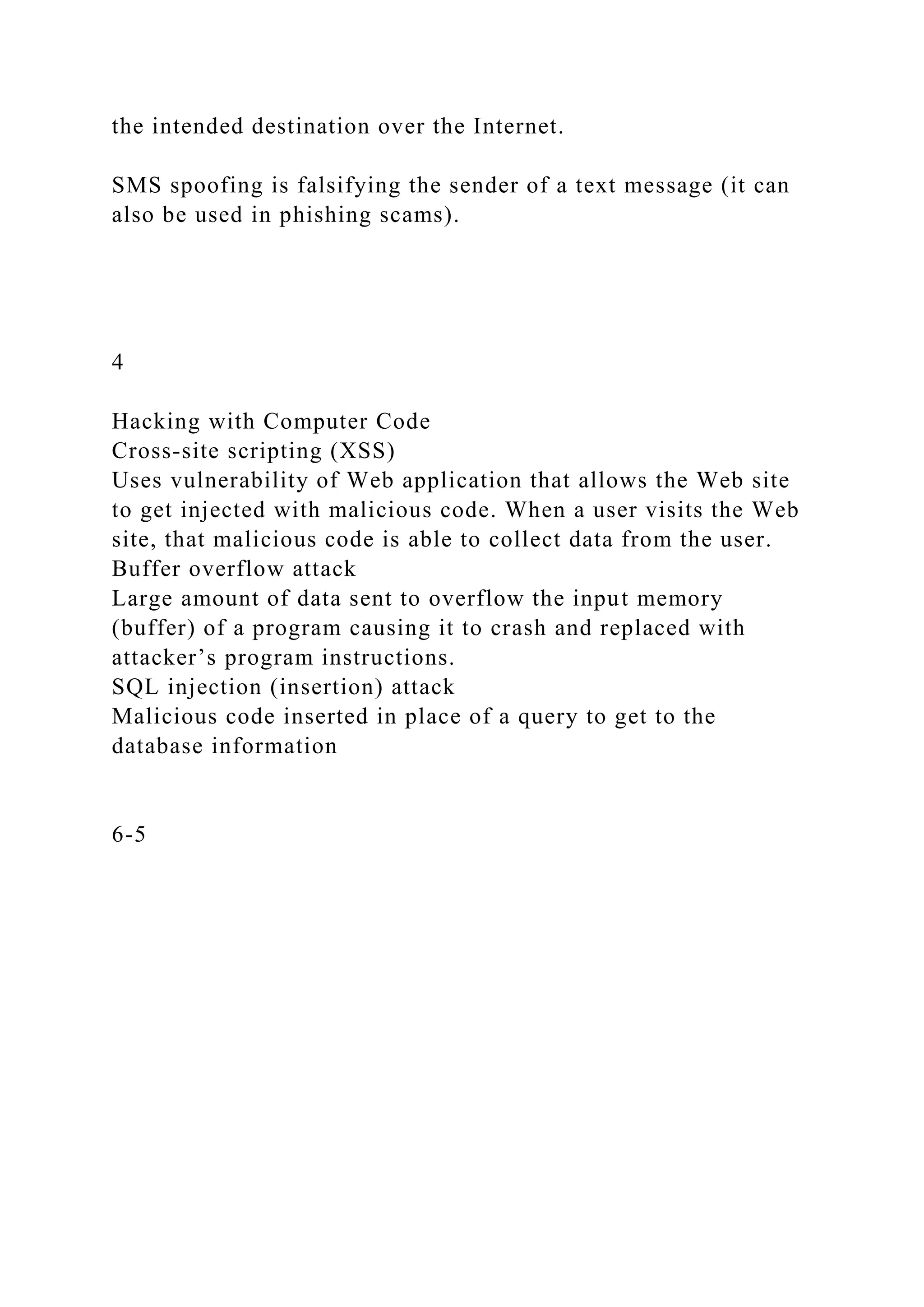
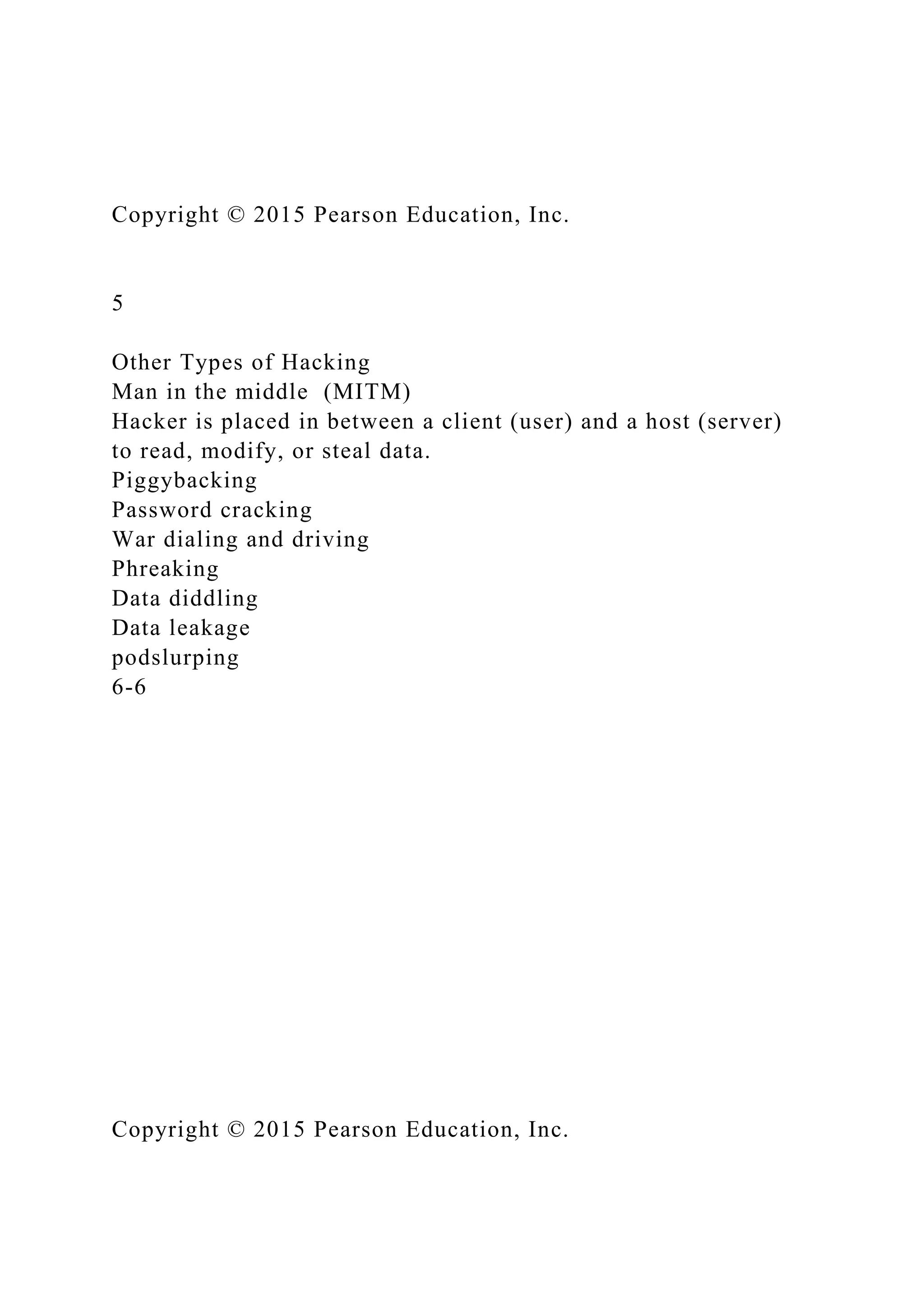
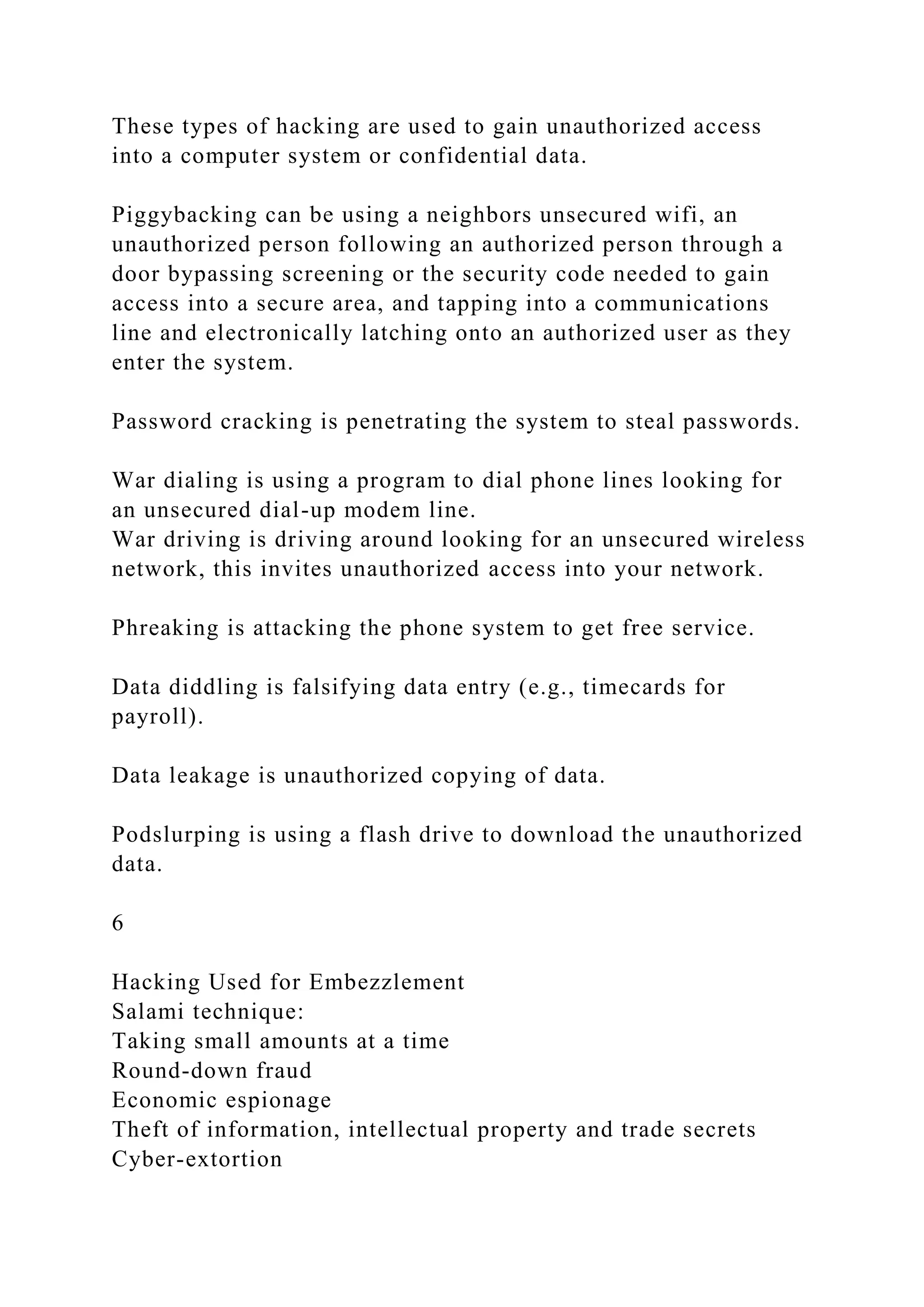
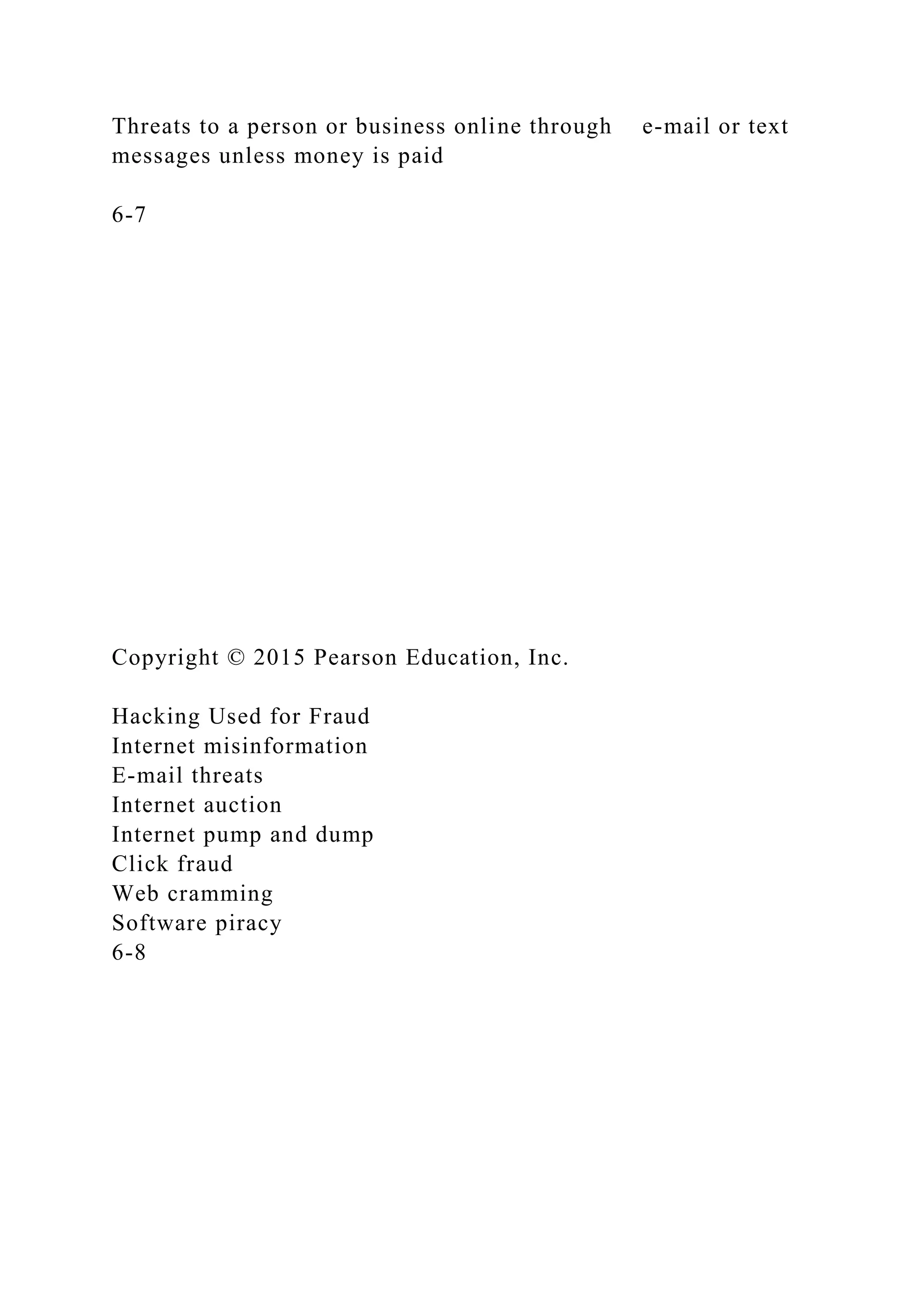

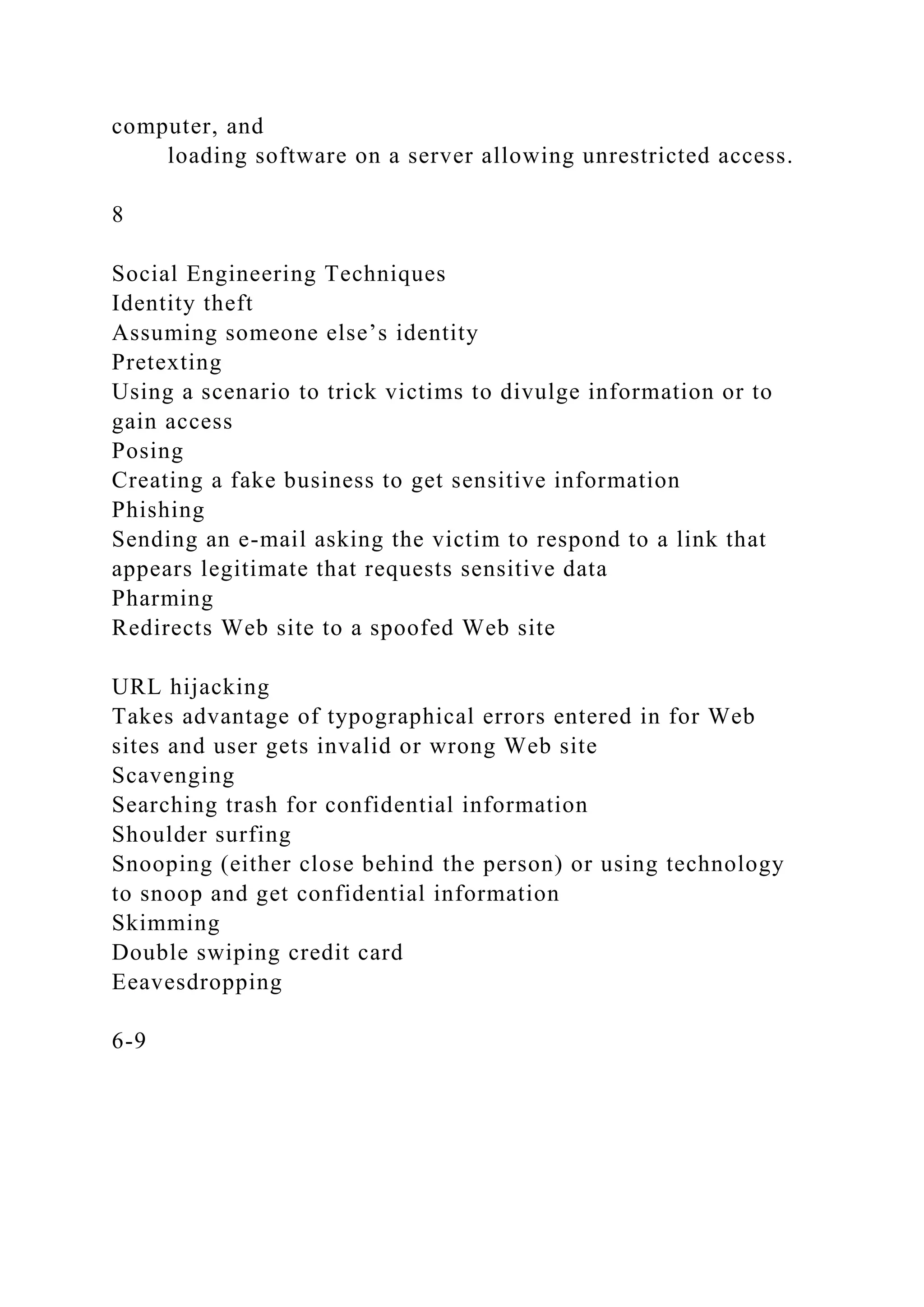
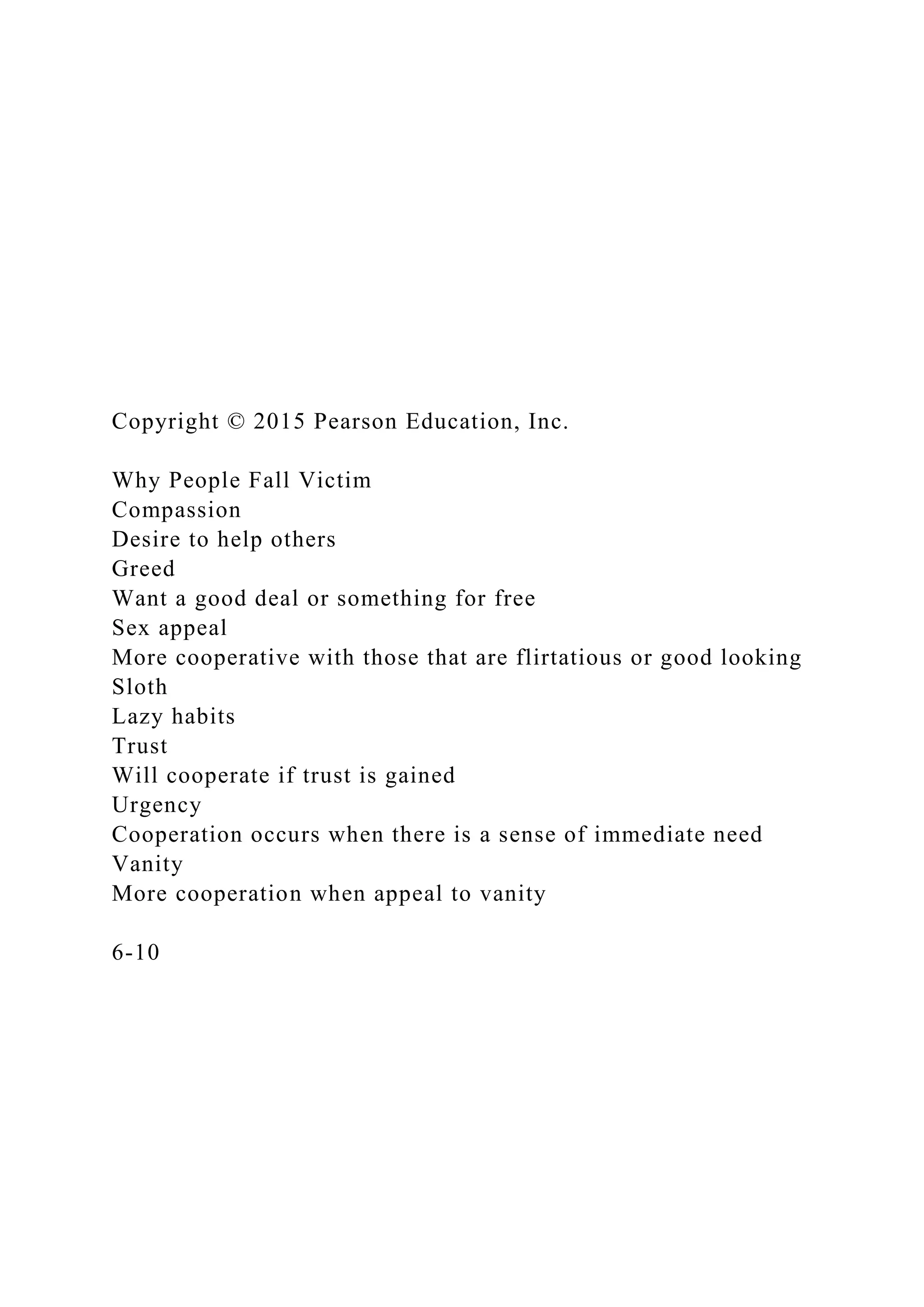
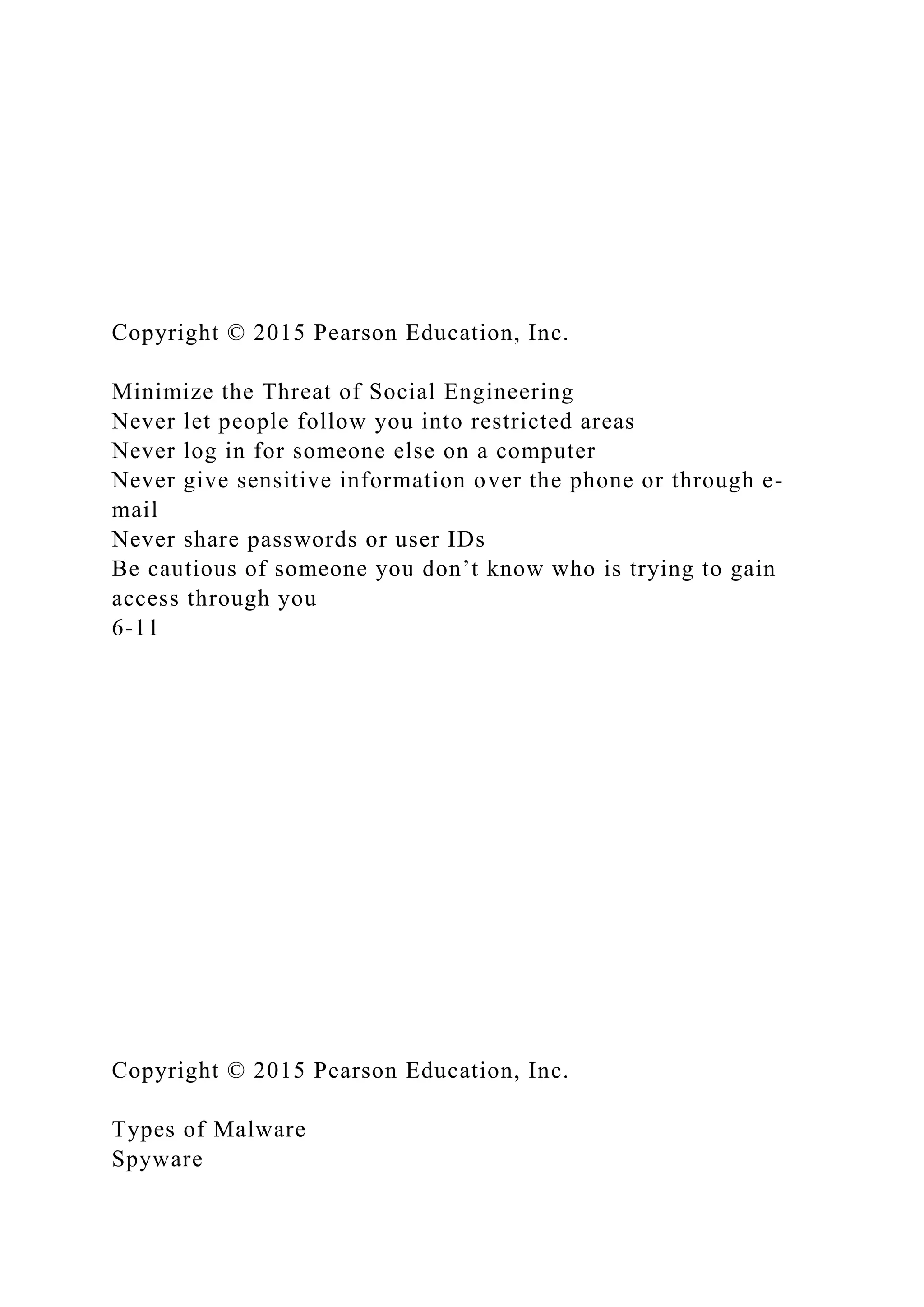

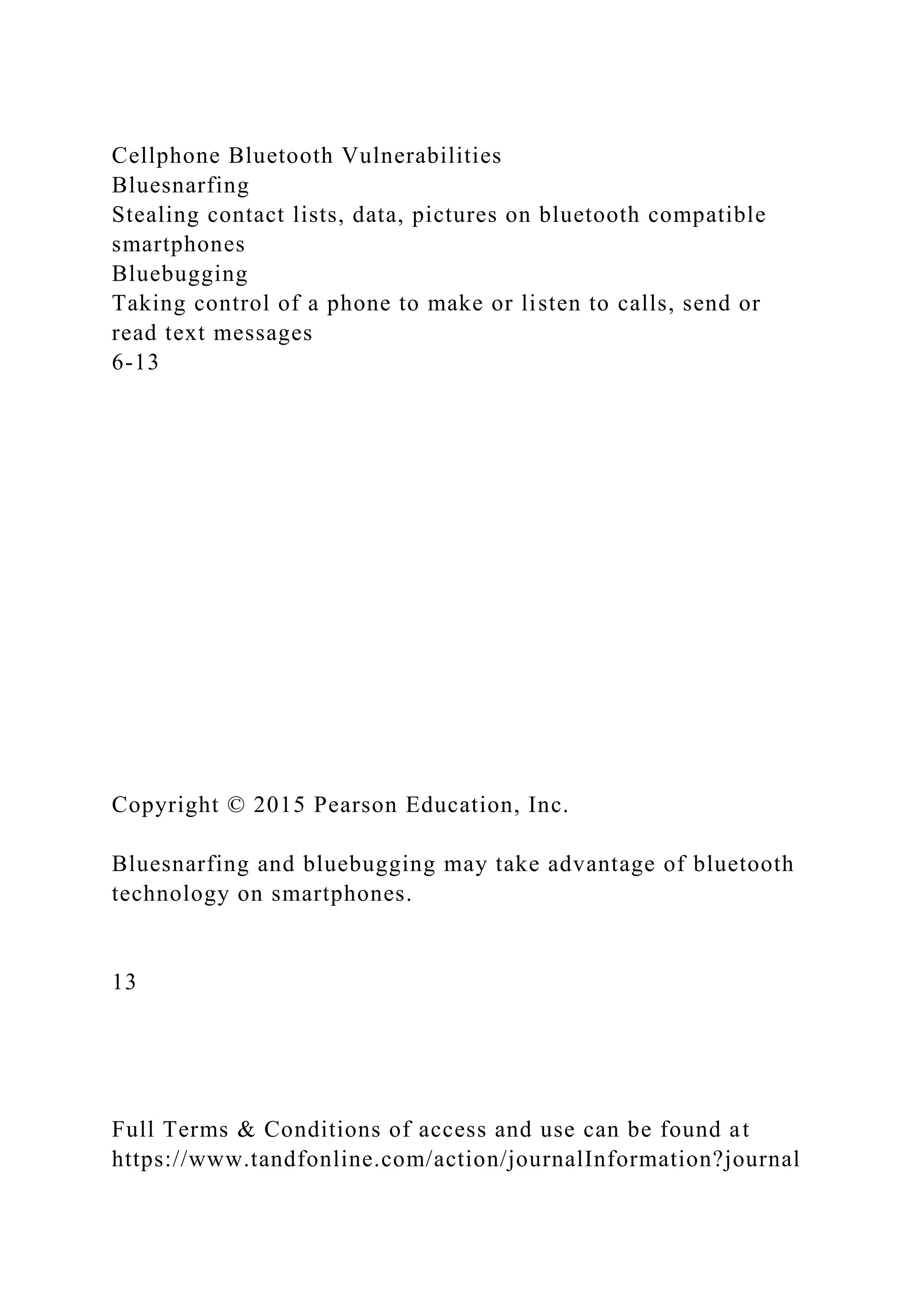
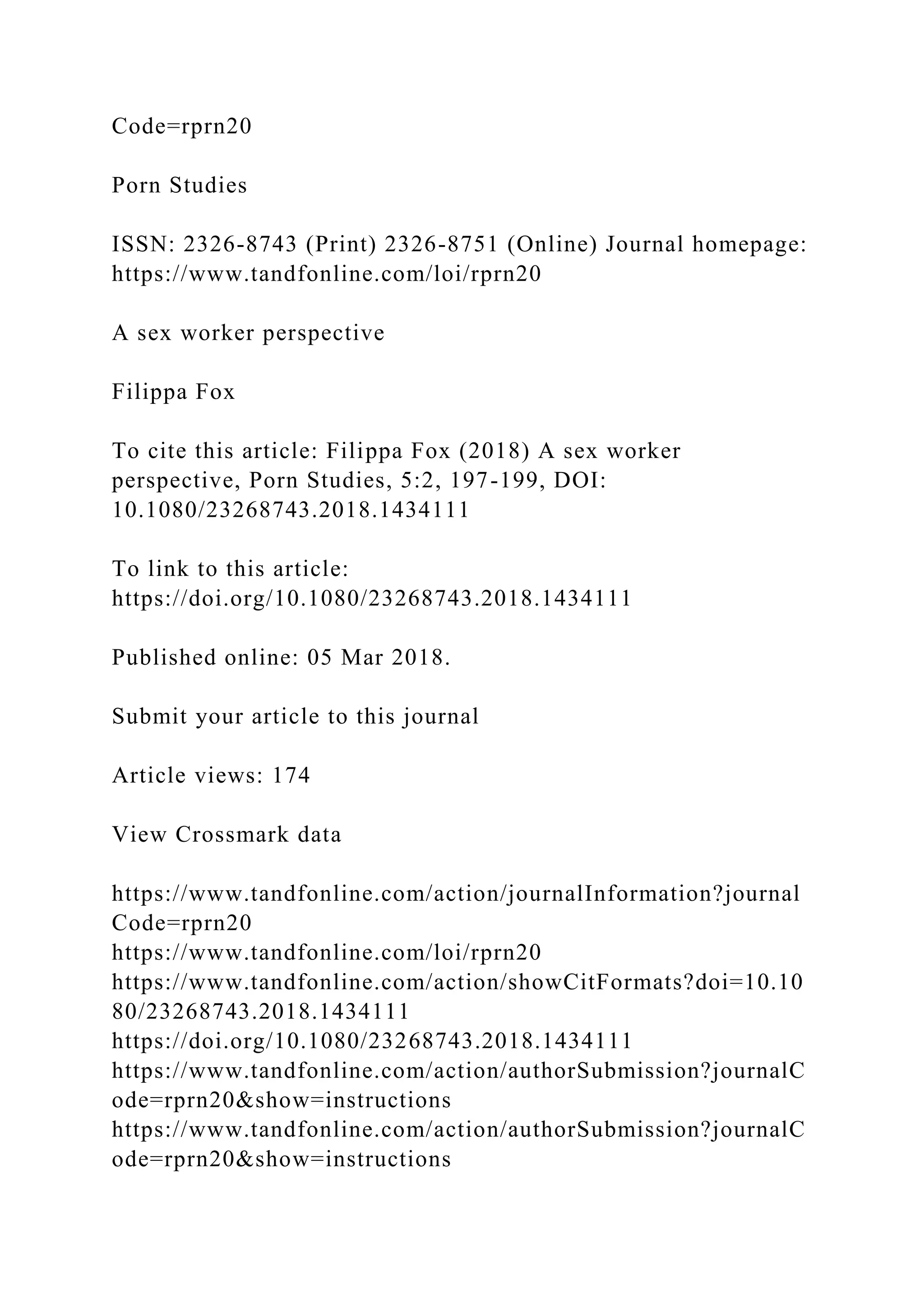
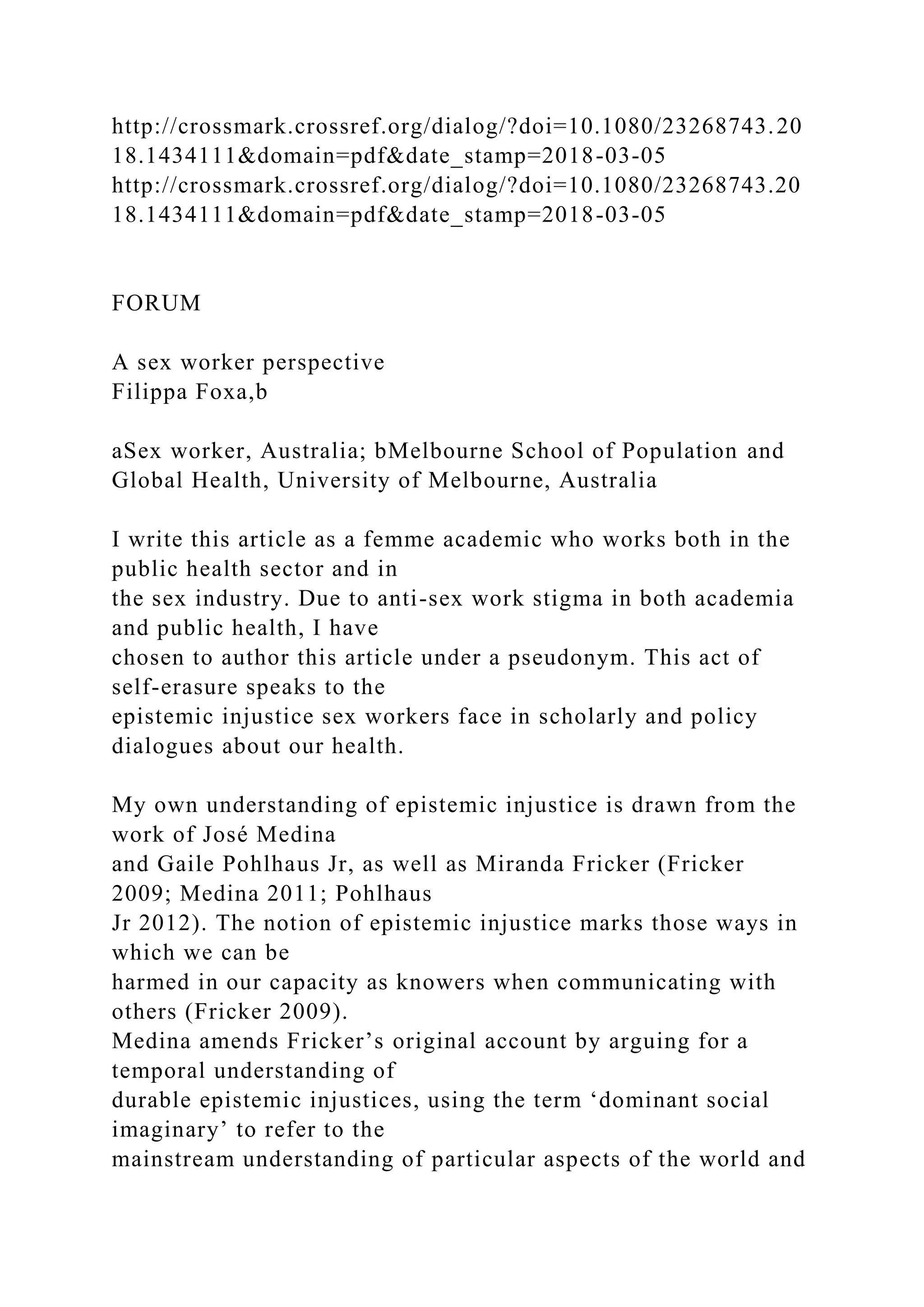
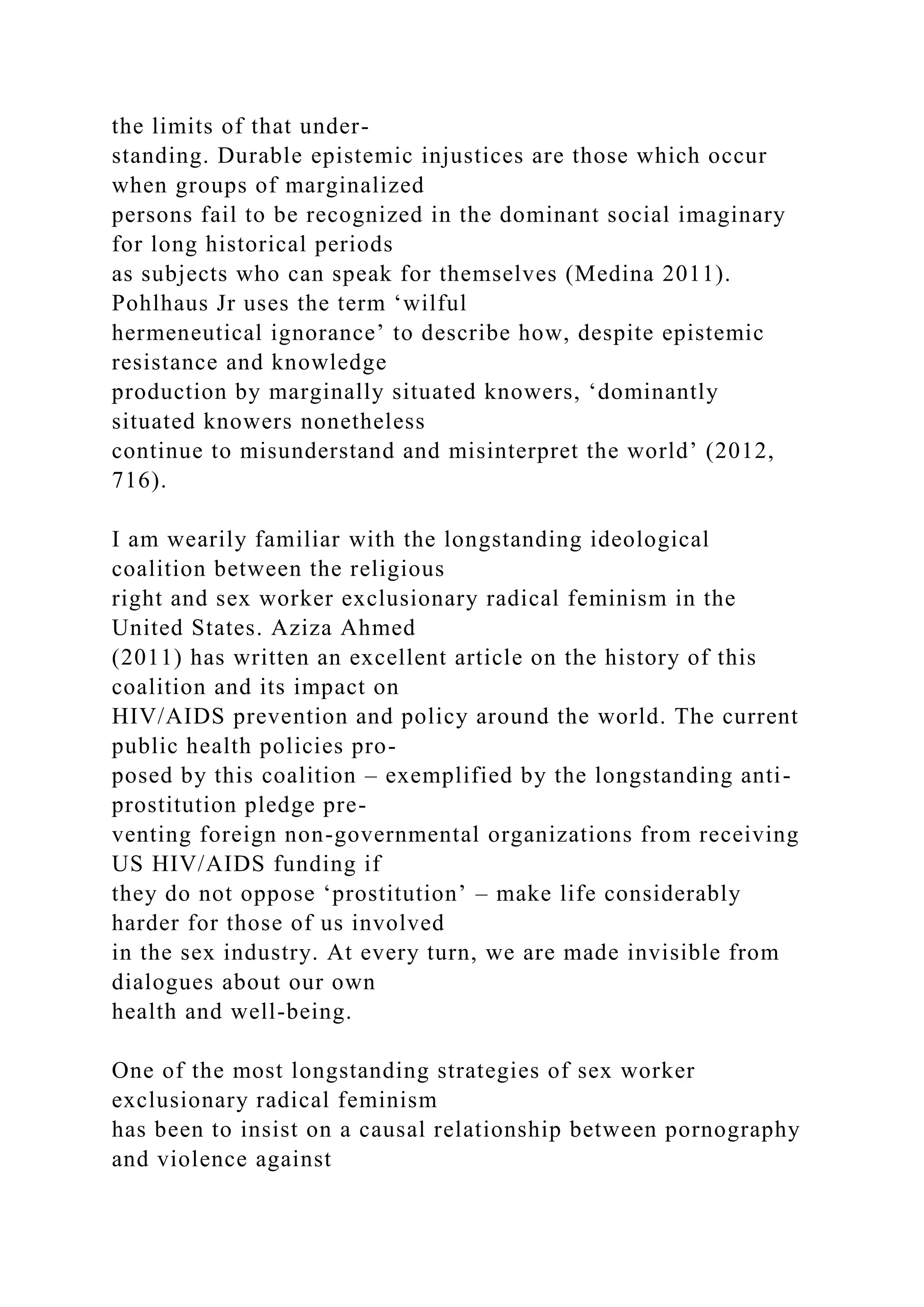
![women, exemplified by Robin Morgan’s (1980) ‘Theory and
Practice: Pornography and
Rape’ and Andrea Dworkin’s (1980) ‘Beaver and Male Power in
Pornography’. The small
number of articles that serve as an evidence base for this myth
have been discredited
time and time again, and yet the myth itself endures as an all-
too-effective discursive strat-
egy for justifying the erasure of sex worker voices from public
discourse.
© 2018 Informa UK Limited, trading as Taylor & Francis Group
CONTACT Filippa Fox [email protected] Sex worker, Australia;
Melbourne School of Population and Global
Health, University of Melbourne, Australia
PORN STUDIES
2018, VOL. 5, NO. 2, 197–199
https://doi.org/10.1080/23268743.2018.1434111
http://crossmark.crossref.org/dialog/?doi=10.1080/23268743.20
18.1434111&domain=pdf
mailto:[email protected]l.com
http://www.tandfonline.com
We are understood as victims of violence whose knowledge is
coerced and therefore
untrustworthy. Those of us who refuse to be victims are seen
instead as threats to the
social order – illegitimate, criminal subjects unable to be
assimilated into polite society.
Our bodies are understood reductively as vectors of disease;
either literally through unsub-
stantiated claims of heightened STI rates, or figuratively as](https://image.slidesharecdn.com/computerfraudandabusetechniqueschapter66-1-230117065747-177c992c/75/Computer-Fraud-and-Abuse-TechniquesChapter-66-1-docx-18-2048.jpg)

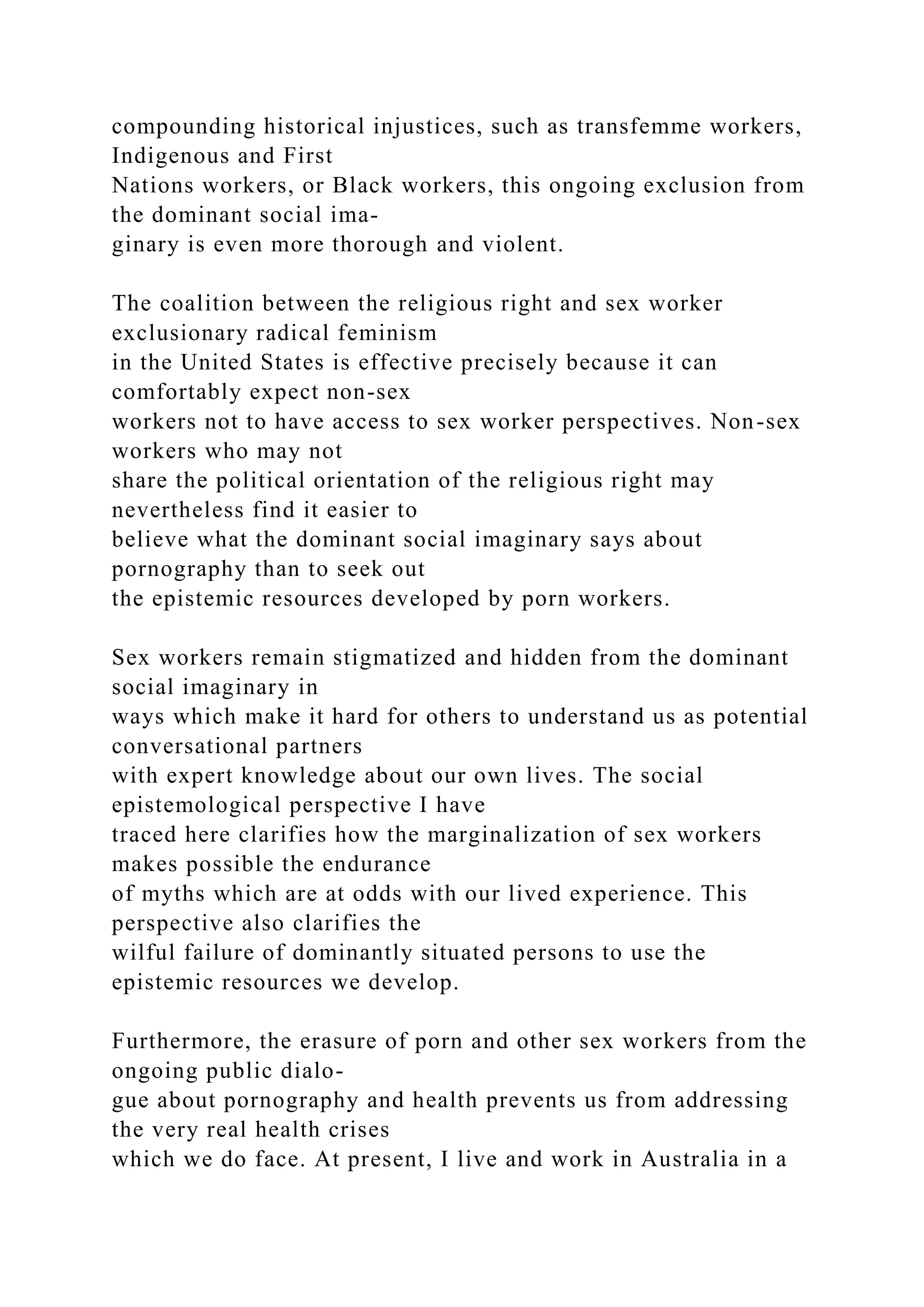
![jurisdiction where sex work is
legalized and licensed. Unlicensed and non-compliant workers
continue to face criminaliza-
tion and punitive interference by the police. The Australian
healthcare system provides ade-
quate care to a greater proportion of marginalized people,
including sex workers;
nonetheless, sex work stigma regularly affects the quality of the
care we receive.
Mikey Way, Australian porn worker and activist, noted to me in
conversation:
198 F. FOX
Medical practitioners here have no knowledge of the standard
practices in the porn industry
and often need to be taught them during medical appointments,
effectively requiring us to
out ourselves and place ourselves at risk of discriminatory
behaviour. On top of that, many
of the things we rely on as porn performers are under-
researched – e.g., the effects of men-
strual sponges on physical health, the impact of anal douches
and enemas on health, harm
minimization for [consensual] bareback sexual contact, and the
success or lack thereof of a
testing-based [STI] transmission prevention method.
Much of what Mikey brought up has parallels in my own
experience with other sectors
of sex work: discriminatory behaviour on the part of health
professionals, the requirement
to educate doctors, incorrect diagnoses based on false](https://image.slidesharecdn.com/computerfraudandabusetechniqueschapter66-1-230117065747-177c992c/75/Computer-Fraud-and-Abuse-TechniquesChapter-66-1-docx-21-2048.jpg)
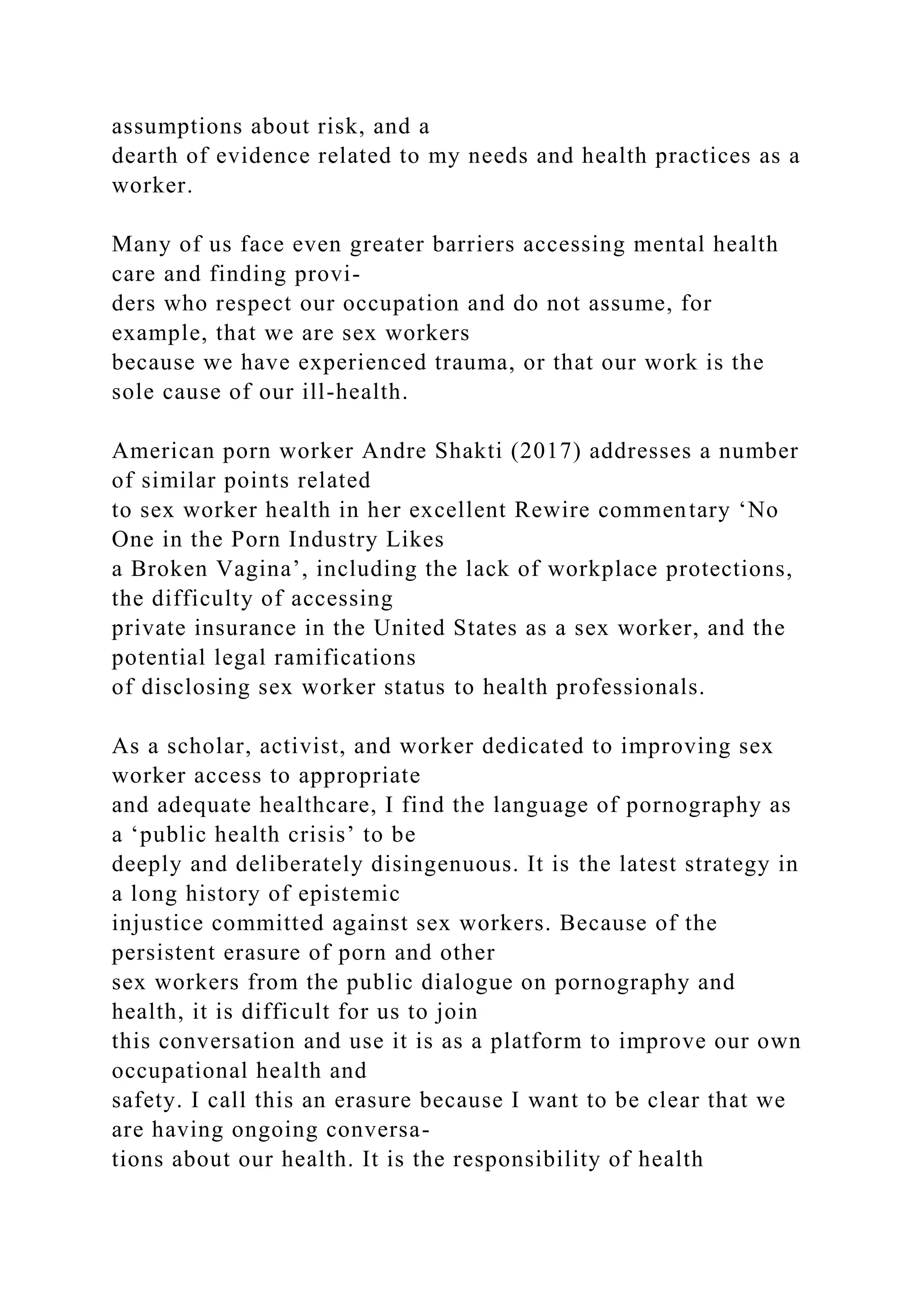
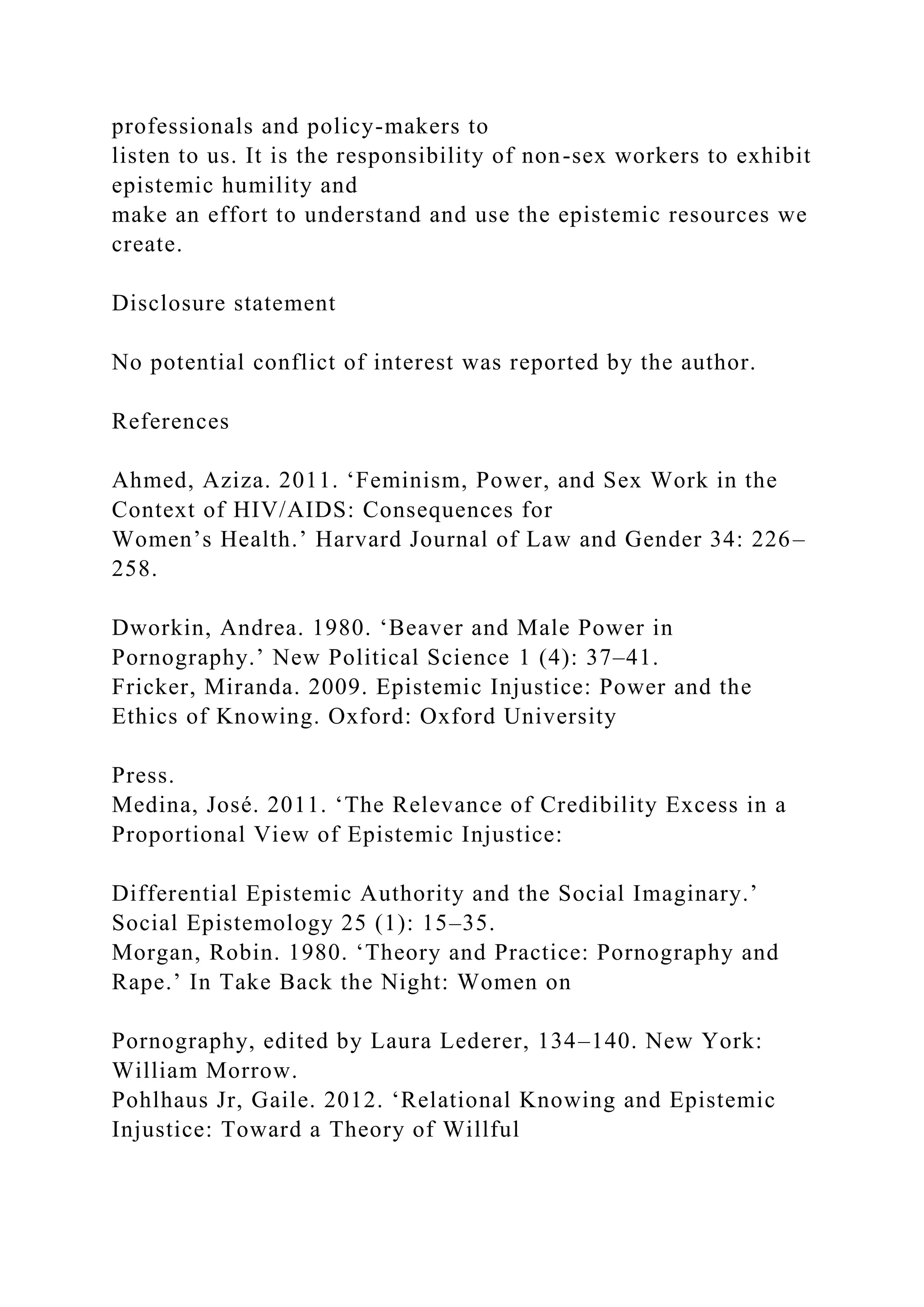
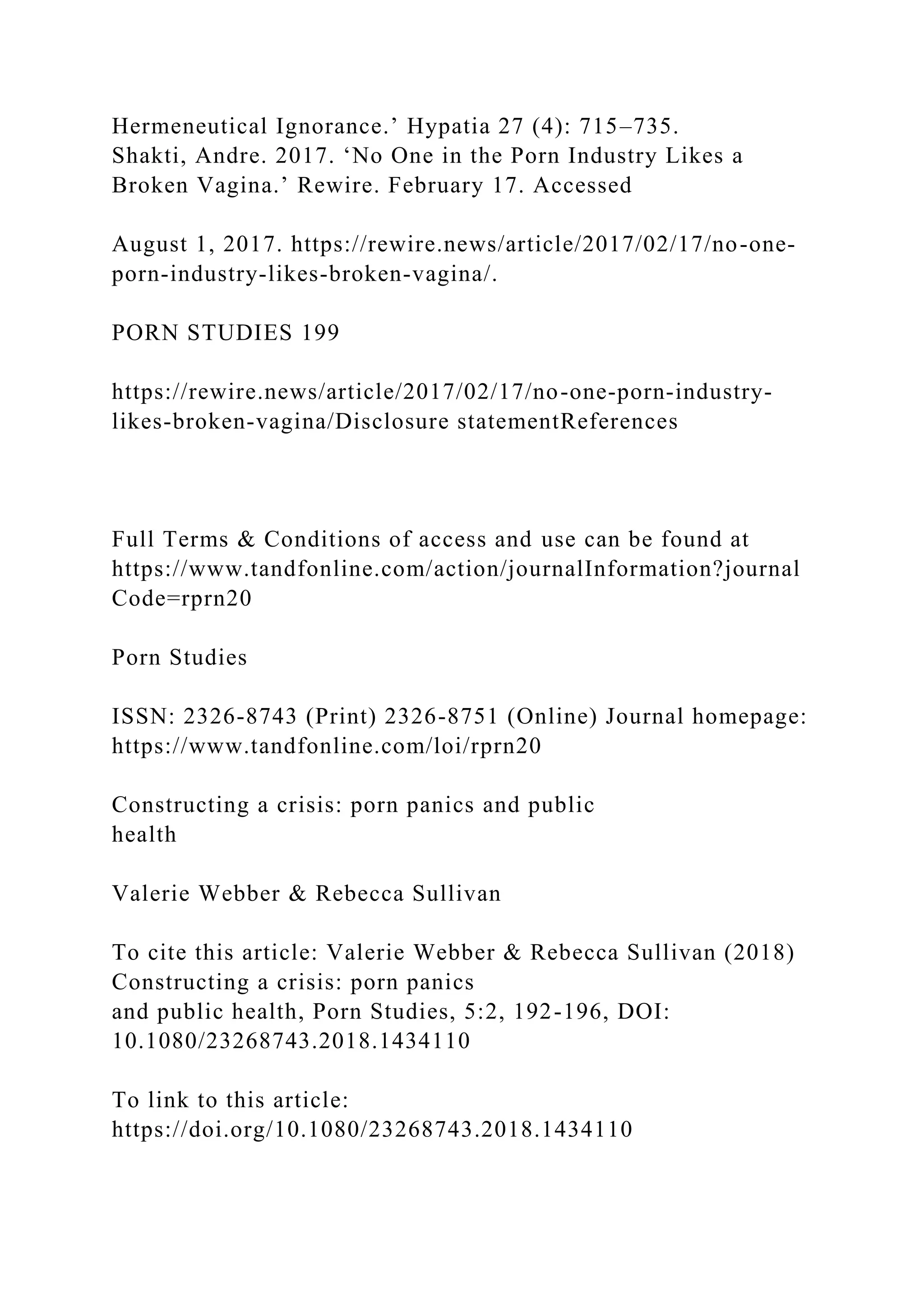
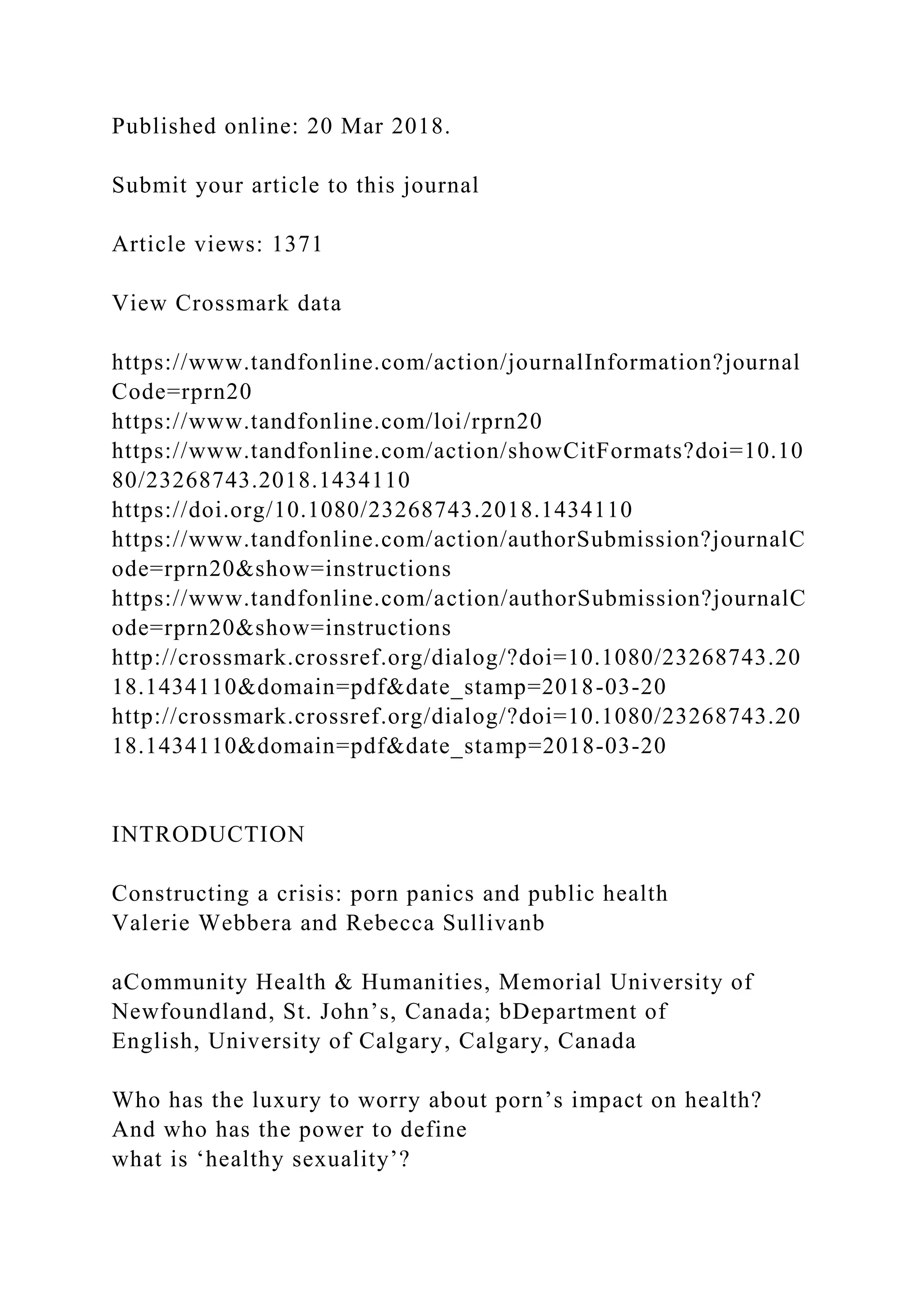

![‘public health’, ostensibly apo-
litical and objective, is a well-devised strategy to impose
sexually conservative moral
imperatives. The fact that the public health argument is
operationalized primarily by
moral activists with a retrograde understanding of both health
and media scholarship,
not by public health professionals or people involved in the
pornography industry,
should be enough to give any person pause. Thus, the pieces in
this special forum do
not engage with the question ‘is porn a public health crisis’ so
much as they critically
reflect upon the catalysts and consequences of this particular
turn to public health dis-
course by anti-porn groups.
It is our contention that framing pornography as a health issue
is a privileged and pol-
itically motivated misdirection of public health resources. As
such, we want to claim our
own space here not to debate on their terms the data,
definitions, and untested assump-
tions embedded in that frame. Rather, we regard this effort as an
opportunity to diversify
the limited narratives of pornography consumption that
presently dominate. The call for
© 2018 Informa UK Limited, trading as Taylor & Francis Group
CONTACT Valerie Webber [email protected]
PORN STUDIES
2018, VOL. 5, NO. 2, 192–196
https://doi.org/10.1080/23268743.2018.1434110
http://crossmark.crossref.org/dialog/?doi=10.1080/23268743.20](https://image.slidesharecdn.com/computerfraudandabusetechniqueschapter66-1-230117065747-177c992c/75/Computer-Fraud-and-Abuse-TechniquesChapter-66-1-docx-27-2048.jpg)
![18.1434110&domain=pdf
mailto:[email protected]
http://www.tandfonline.com
specific types of ‘evidence’ grants us opportunity to conduct
research that makes visible
the experiences of sexual subjectivities which are so often
silenced. Indeed, as Filippa
Fox argues, the maintenance of the theory that pornography
damages the public’s
health requires the wilful exclusion of the voices of sex
workers. This denial that sex
workers are in fact part of ‘the public’ has real and direct
consequences on sex workers’
ability to access adequate and respectful healthcare, while
health questions of actual rel-
evance to sex workers’ lives go unanswered.
Cicely Marston demonstrates that much of the public health
rhetoric about pornogra-
phy begins from the assumption that a healthy sexuality is one
that conforms to the social
and cultural conventions of white, settler, heterosexual, middle-
class, monogamous pro-
priety. It also singles out pornography as a uniquely and
exclusively negative form of
media. Katie Newby and Anne Philpott present ways to think
about how explicit sexual
content could be ethically produced and incorporated into
sexual health curricula,
especially to discuss consent, safer sex, and distinguishing
between visual fantasy and
real-life sex. These efforts by public heath scholars to integrate
critical media studies of
sexuality into their research opens up an exciting new vista of](https://image.slidesharecdn.com/computerfraudandabusetechniqueschapter66-1-230117065747-177c992c/75/Computer-Fraud-and-Abuse-TechniquesChapter-66-1-docx-28-2048.jpg)
